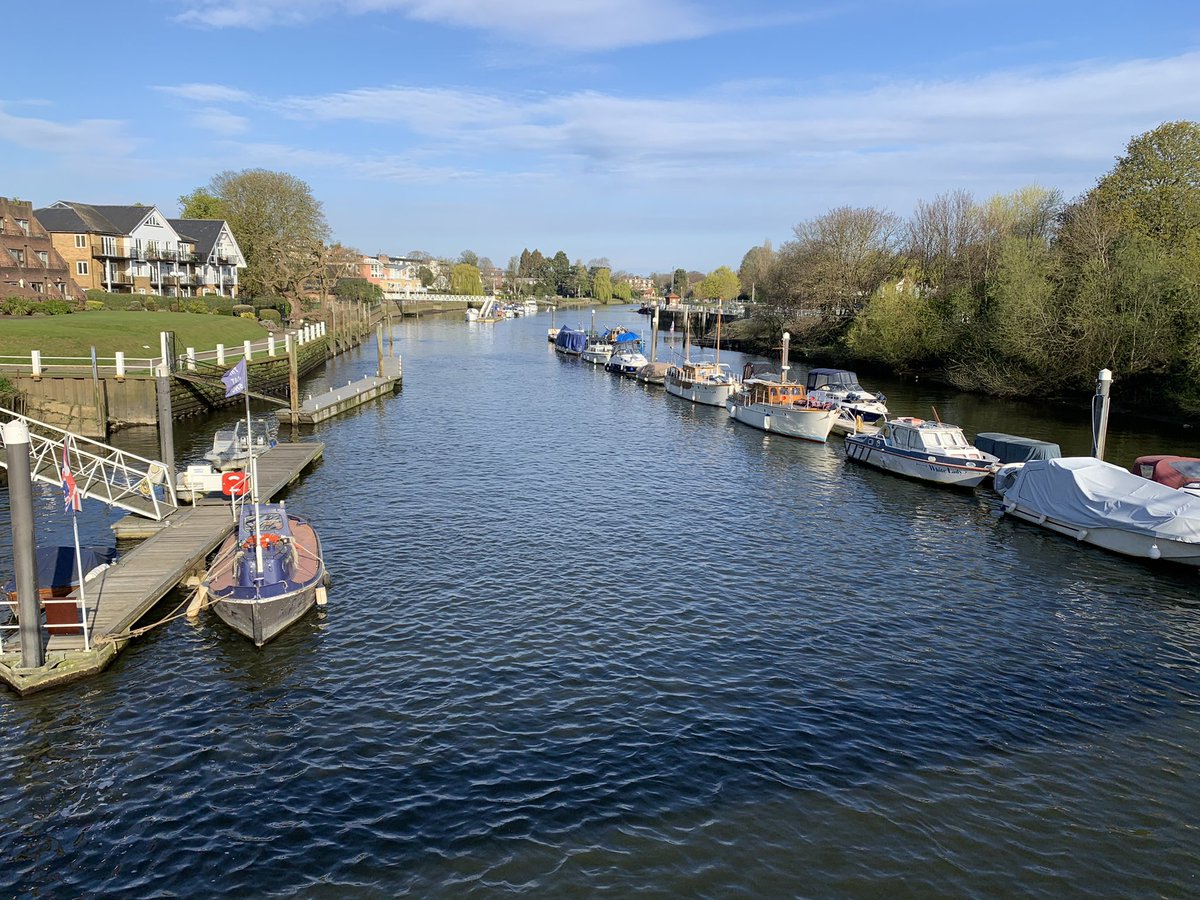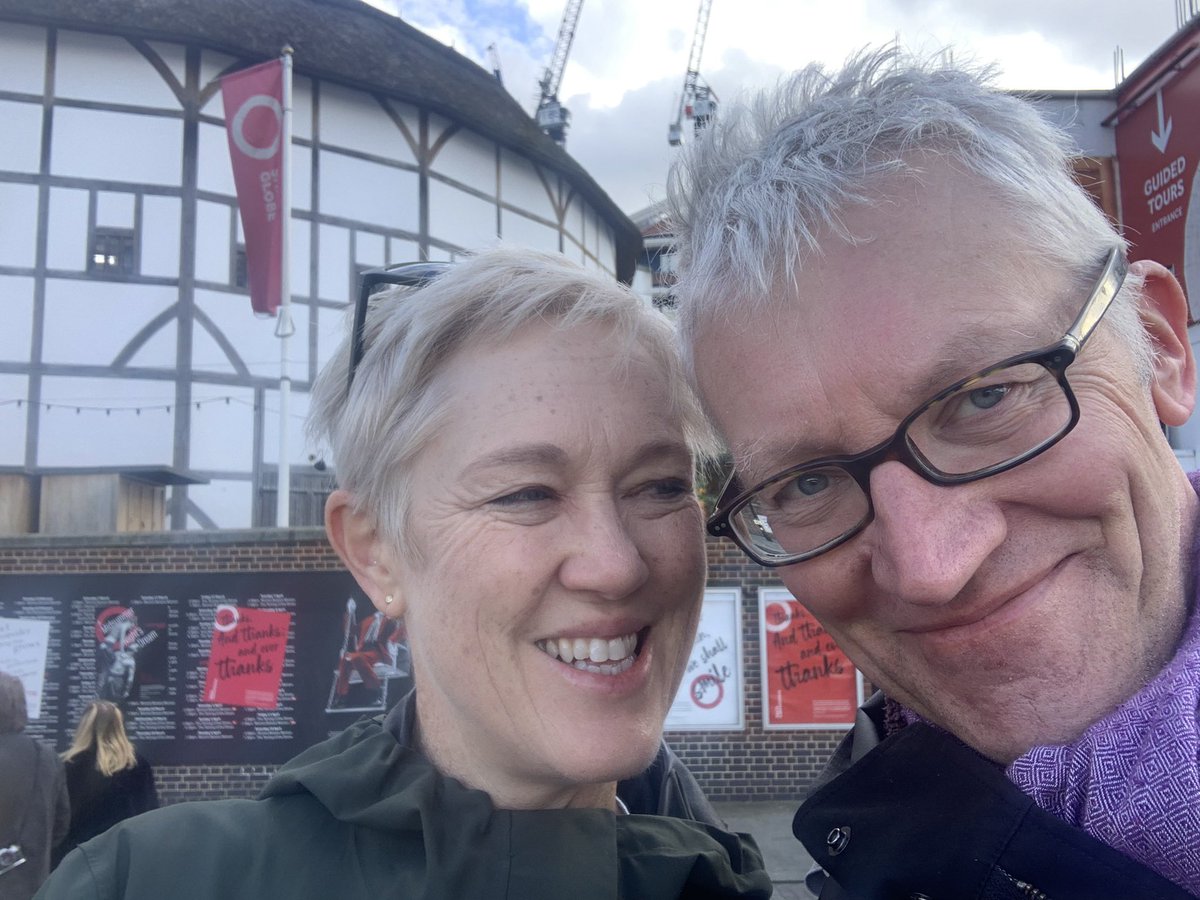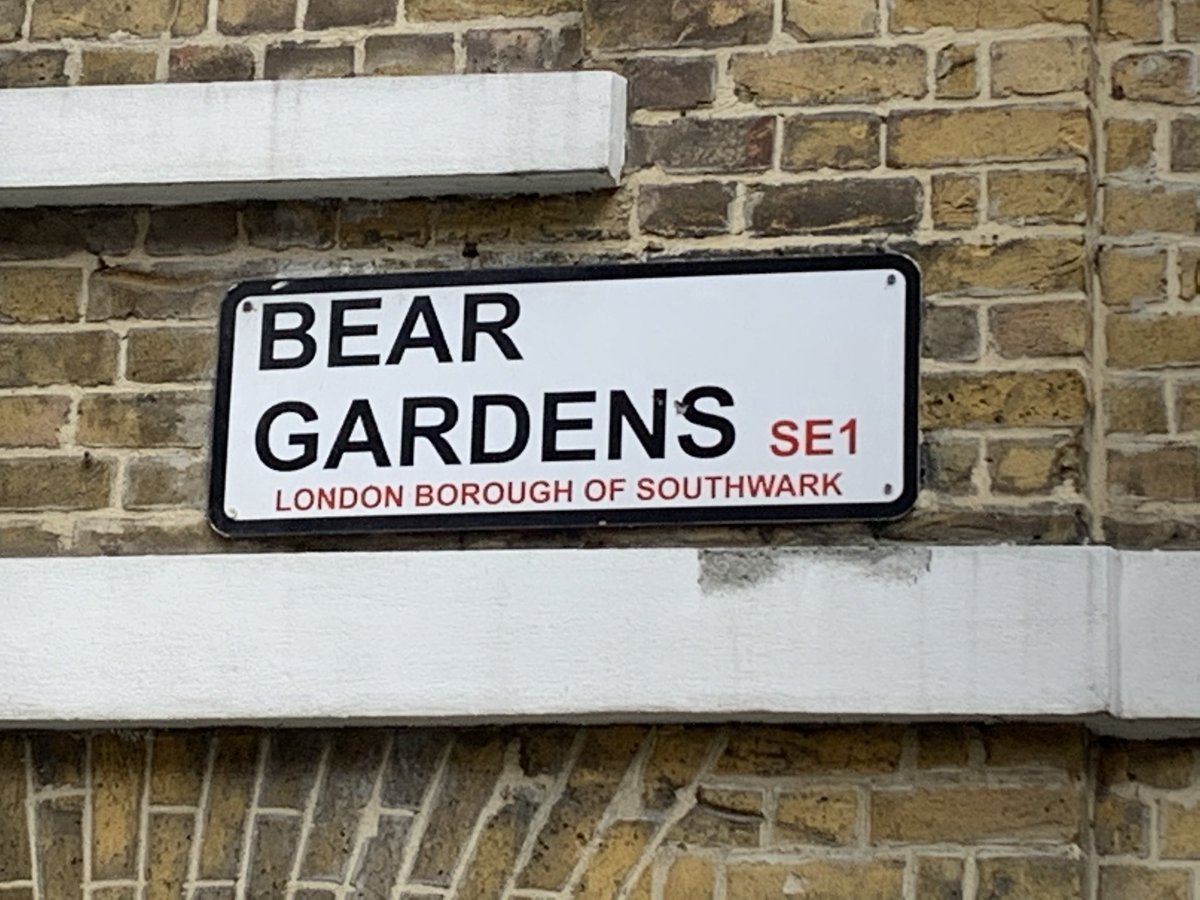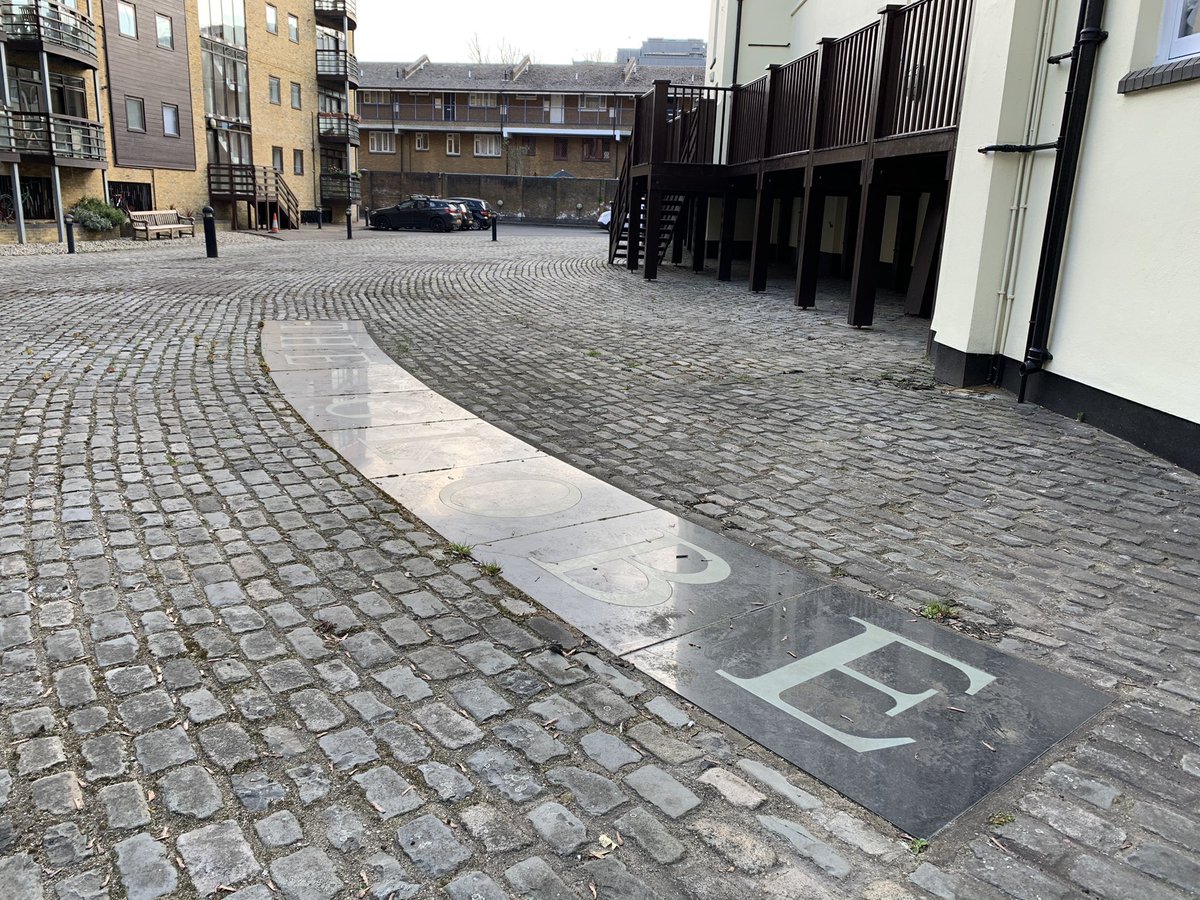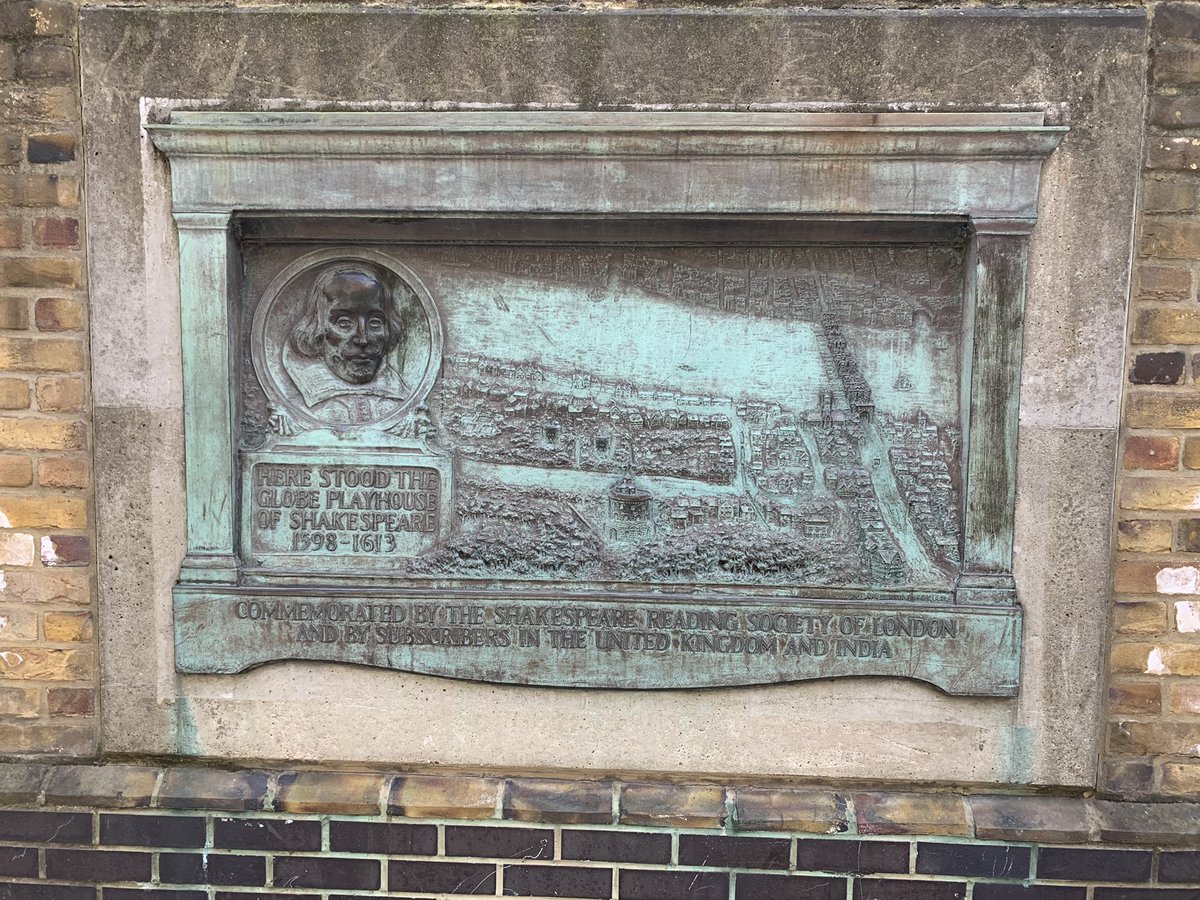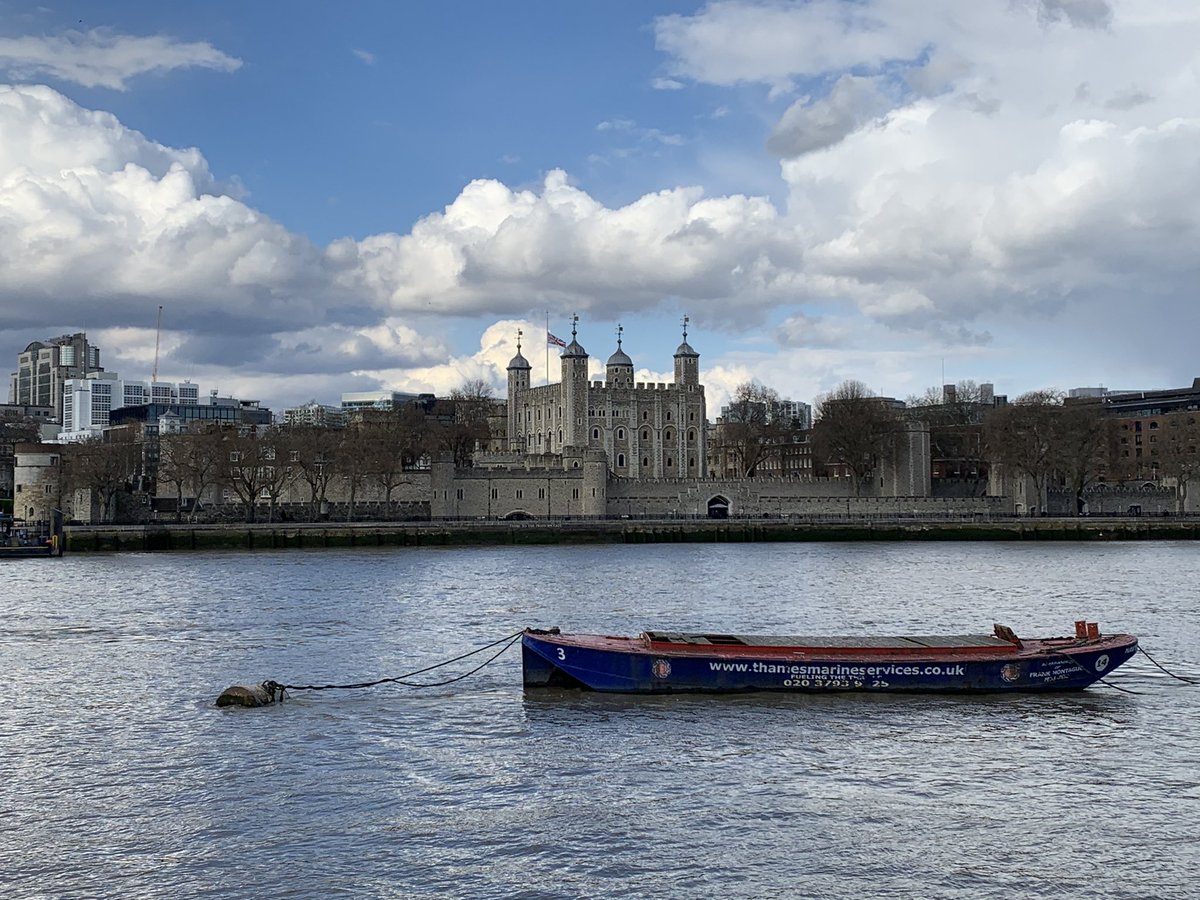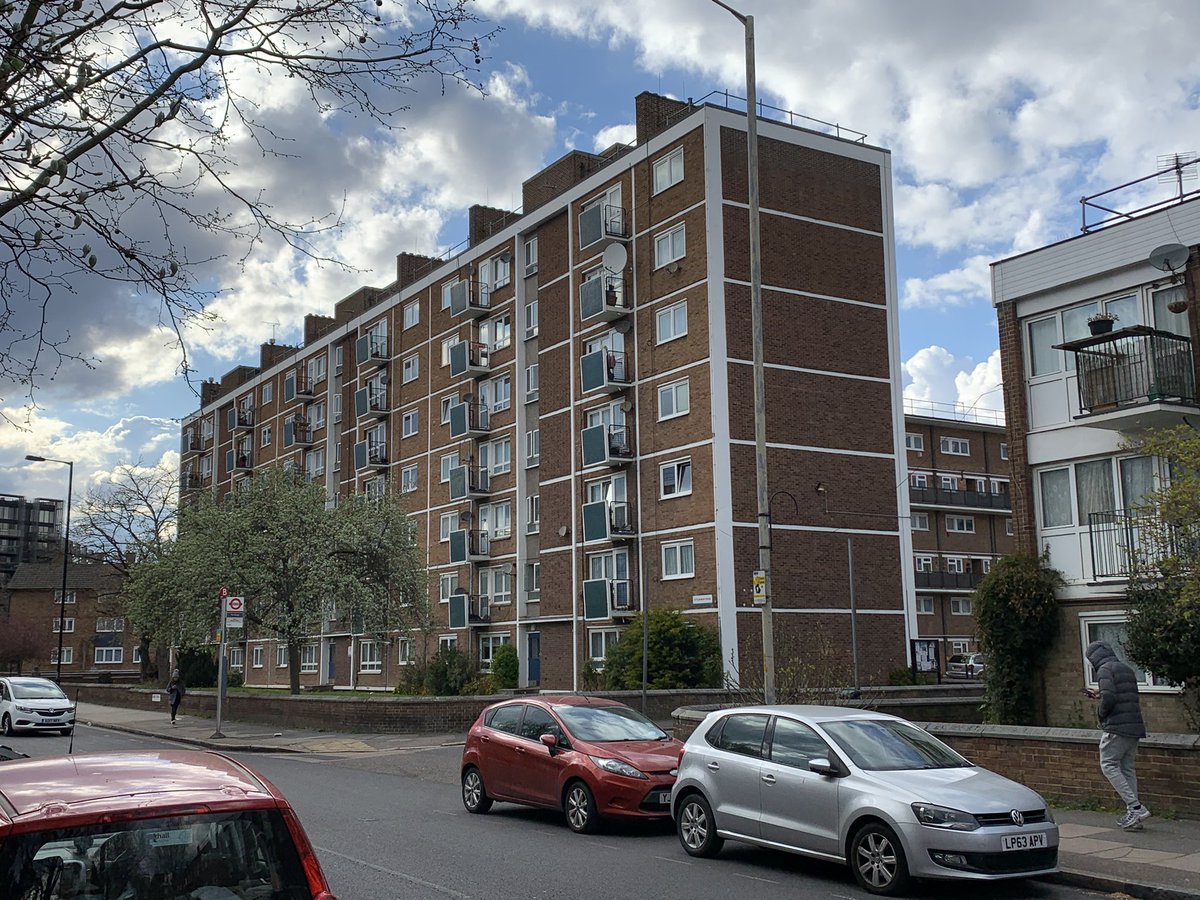
Today, having already done tours of Roman, Anglo-Saxon & Medieval London, I am going to take the obvious next step. Yes, folks – it’s #TudorLondon!
“The town which Brutus sought,” as Sir Thomas Wyatt put it…
“The town which Brutus sought,” as Sir Thomas Wyatt put it…
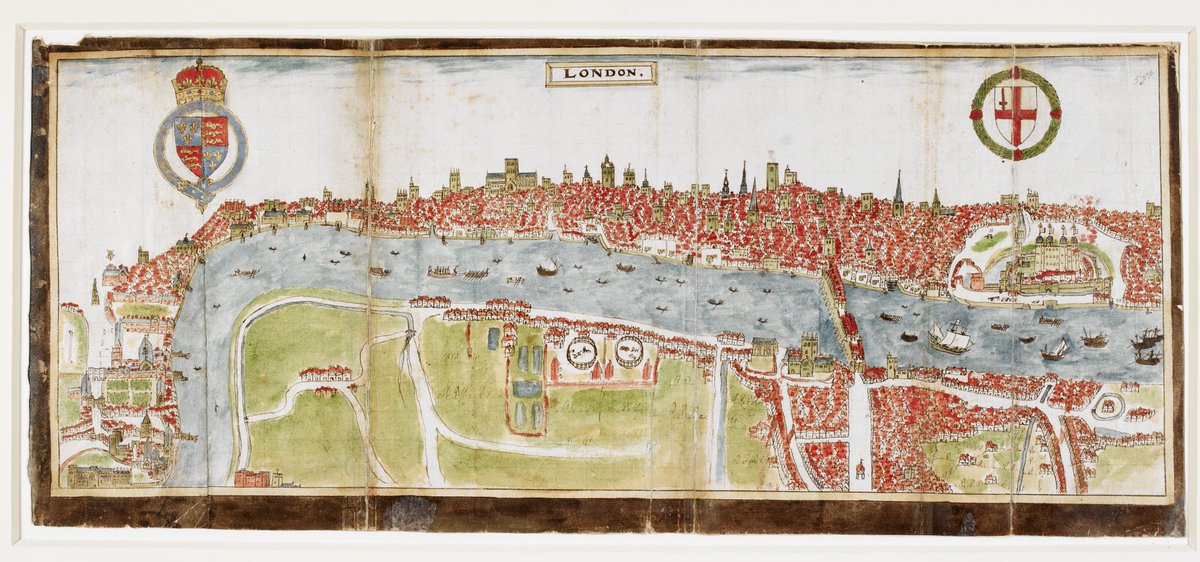
The 16th century was a time of seismic change in the capital, fuelled above all the impact of the Reformation. Monasteries & abbeys across & beyond the capital were dissolved, sold off, converted or demolished. The fabric of London was profoundly transformed. 

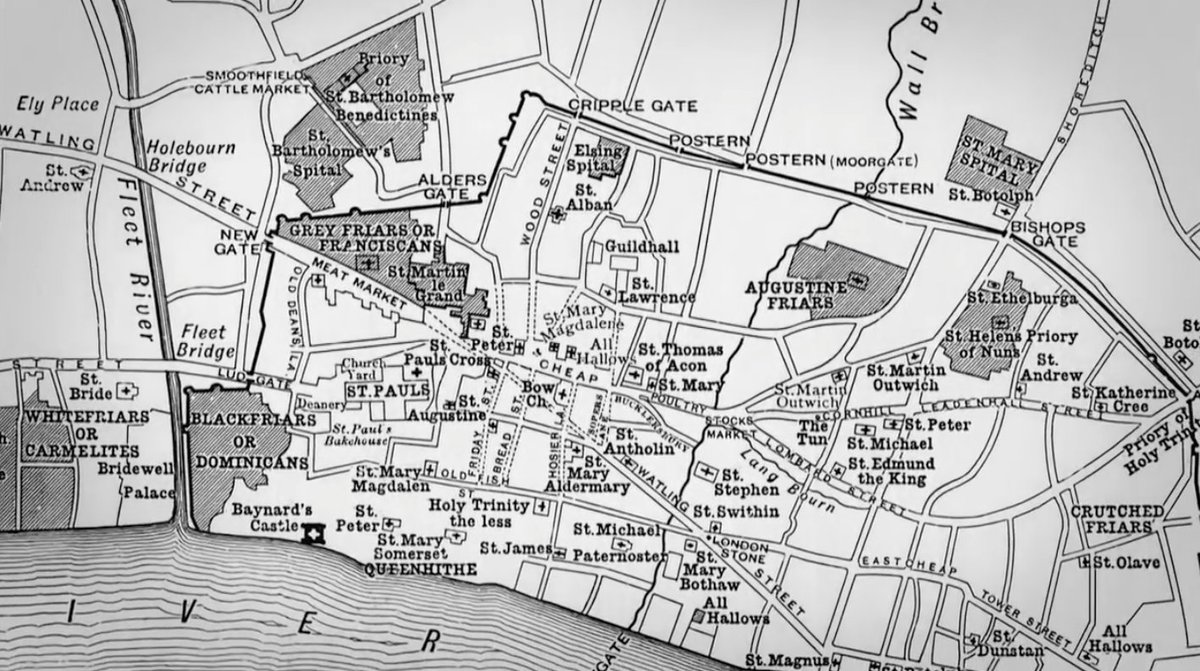
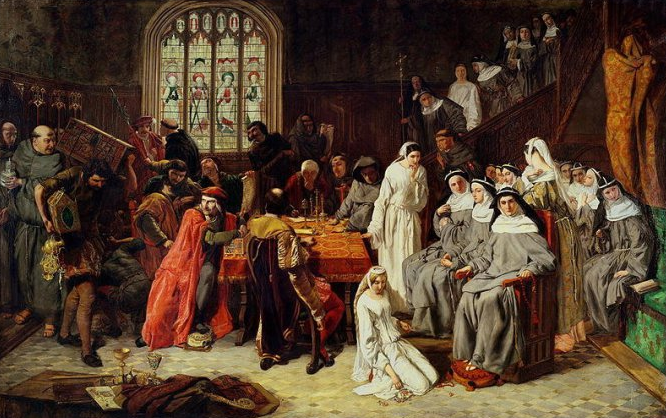
“Fair houses in London were plenteous, and very easy to be had at low and small rents, & by reason of the late dissolution of religious houses many houses in London stood vacant, & not any man desirous to take them.”
Tudor London was a good place to be investing in real estate.
Tudor London was a good place to be investing in real estate.
The great chronicler of London’s transformation is John Stow’s Survey of London, which he published in 1598, & which simultaneously celebrates the growth wealth of the Elizabethan city, while mourning all that had vanished since his youth.
(I invoke him every time I walk!)
(I invoke him every time I walk!)
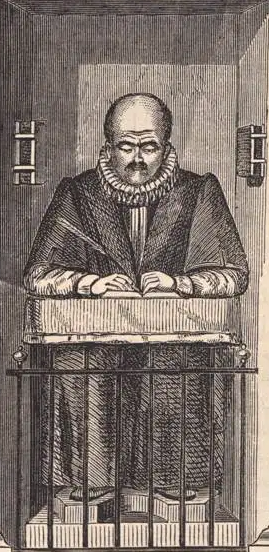
The population of London quadrupled from 50,000 in 1500 to 200,000 in 1600. With the Thames the major conduit, urban growth increasingly straggled along the river’s banks. Here Edward VI processes from the Tower to Westminster for his coronation, past St Paul's & Charing Cross. 
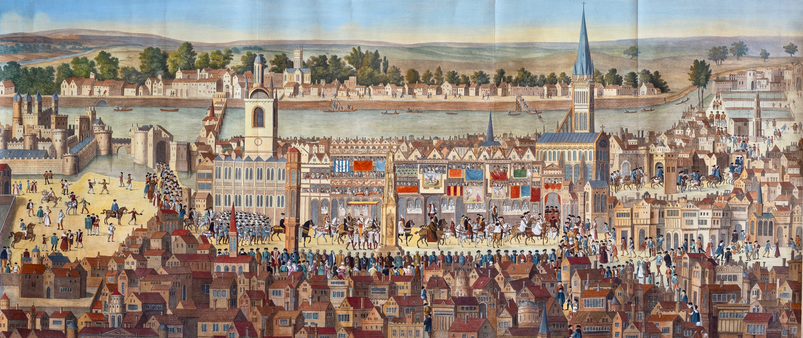
The 16th century was also a prime time for the flourishing of royal palaces, both at Whitehall, & upriver & downriver from London: Greenwich, Richmond, Hampton Court. Docks were built at Deptford & Woolwich. The Thames was the great artery of royal traffic. 
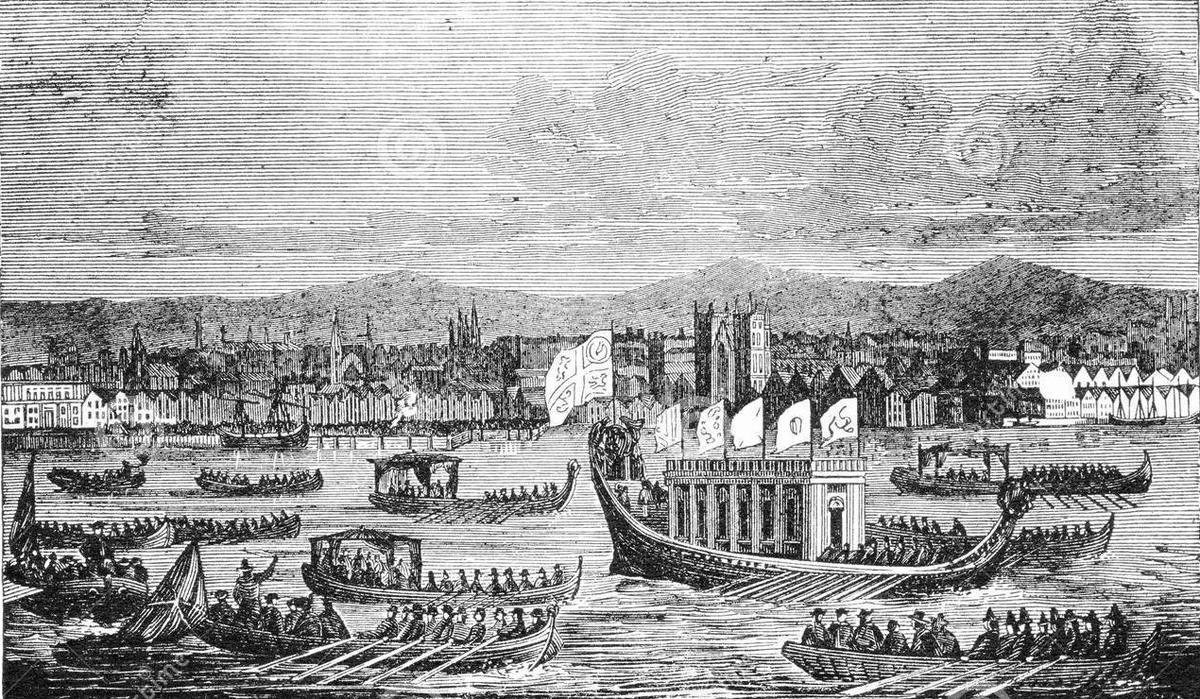
And so to Hampton Court, from where I shall walk “forth to ease my pain / Along the shore of silver streaming Thames…”
Hampton Court Palace (flag at half-mast) boasts some of the finest Tudor architecture in England. Begun by Cardinal Wolsey in 1515, purloined by Henry VIII in 1525, it played host to 5 of his 6 queens, 2 of whom – Jane Seymour & Catherine Howard – still reputedly haunt its halls. 
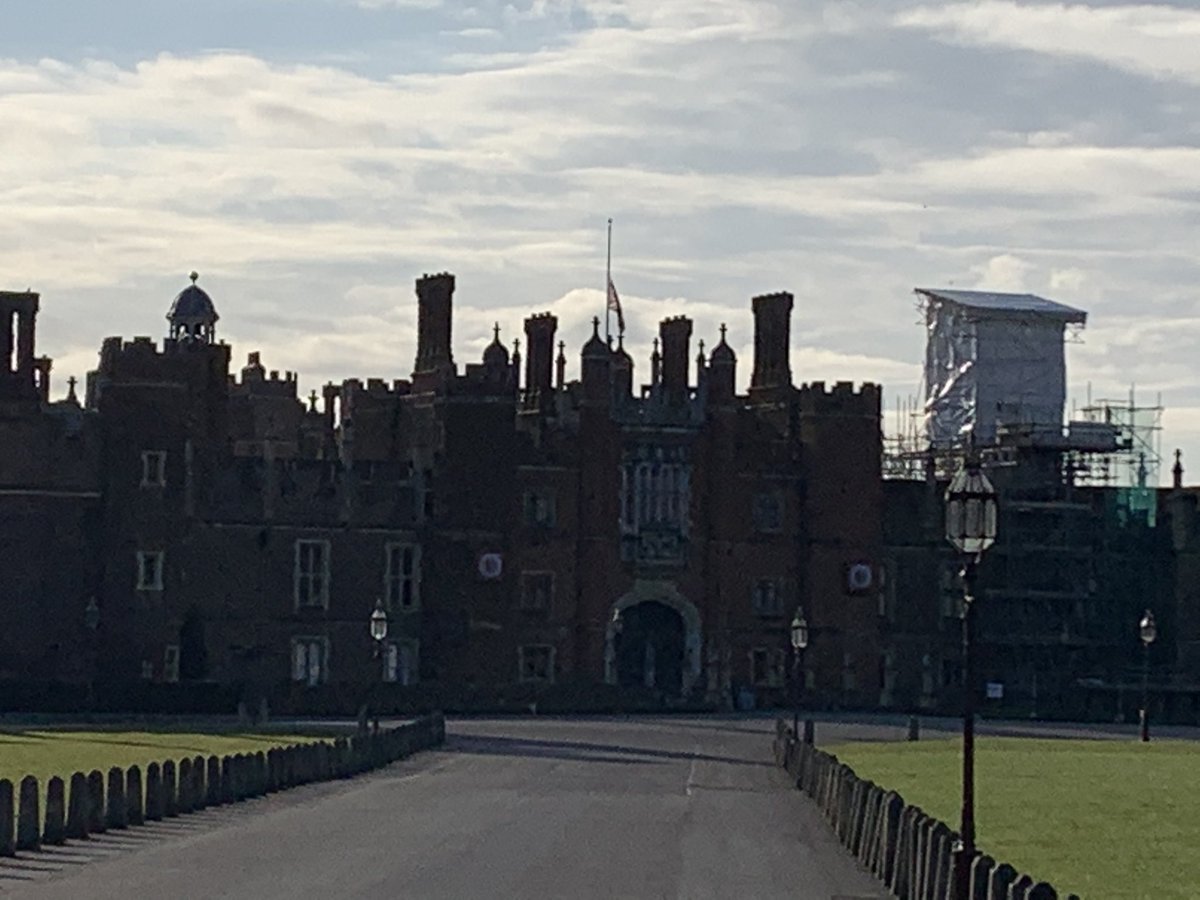
Jane Seymour, who died in the palace giving birth to the future Edward VI, has been seen gliding down a staircase holding a candle. Catherine Howard, who slipped the guards who'd come to arrest her, is still heard screaming as she runs to the chapel, where Henry was saying mass. 

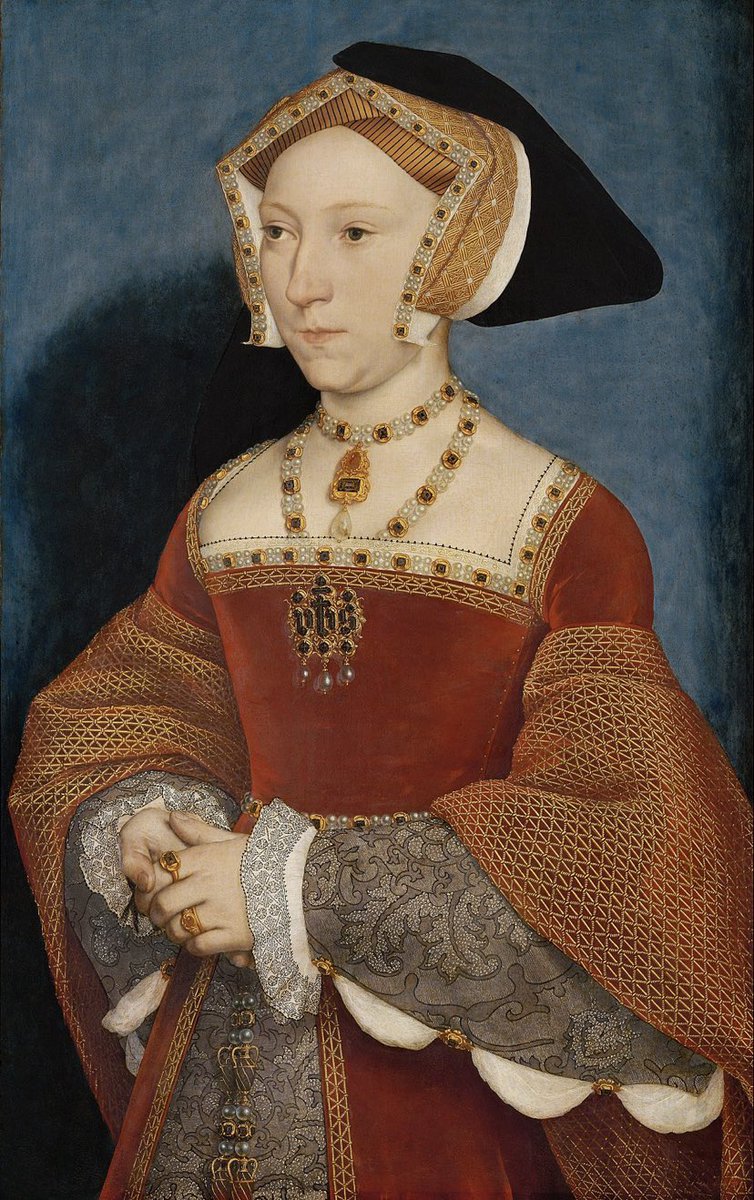
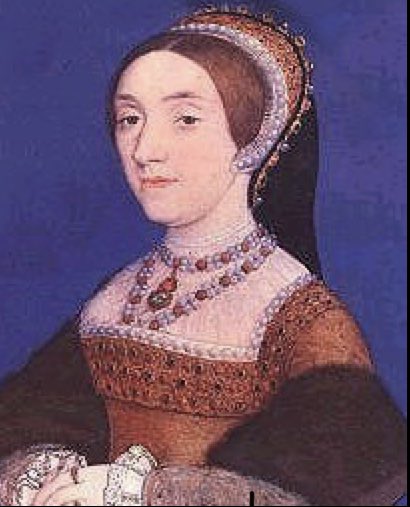
Edward VI spent most of his life in the palace; Mary received Philip of Spain’s proposal of marriage there; it was where Elizabeth’s council debated & decided the fate of Mary Queen of Scots, & where her gardeners tended toboccao plants & potatoes. 

“Now this is the most splendid and most magnificent royal palace of any that may be found in England, or indeed in any other Kingdom” – the Duke of Württemberg, who visited Hampton Court in 1590.
The site of Richmond Palace. Henry VII built it on the site of Sheen Palace, a favourite haunt of medieval kings, but which had burnt down in 1497. It was named Richmond after the Earldom of Richmond, held by Henry before he won the crown at Bosworth. He died there in 1509. 
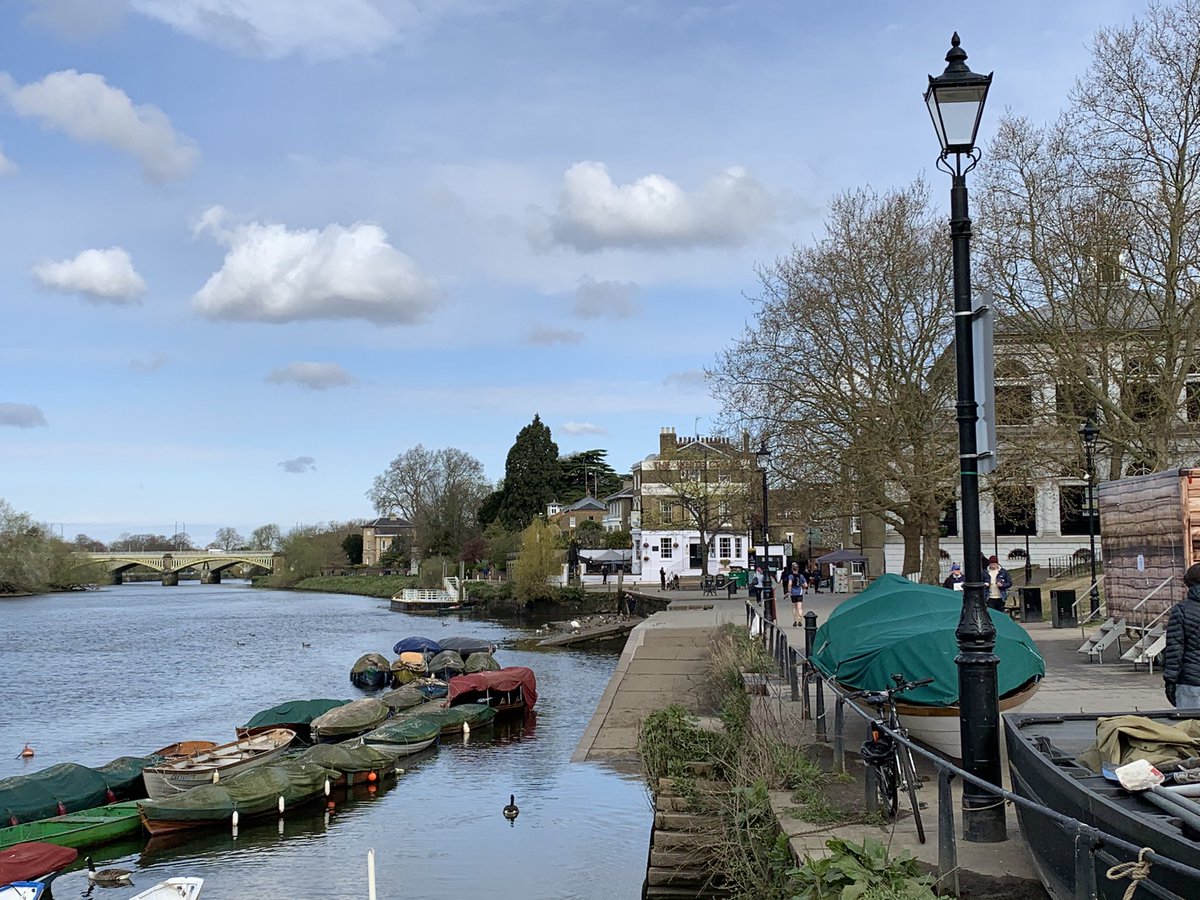
Henry VIII had been brought up in Sheen Palace, & almost died in the fire. Catherine of Aragon spent much of her life here, & Anne of Cleves was given it after her divorce. Mary & Philip of Spain spent part of their honeymoon, & Elizabeth I died here. 
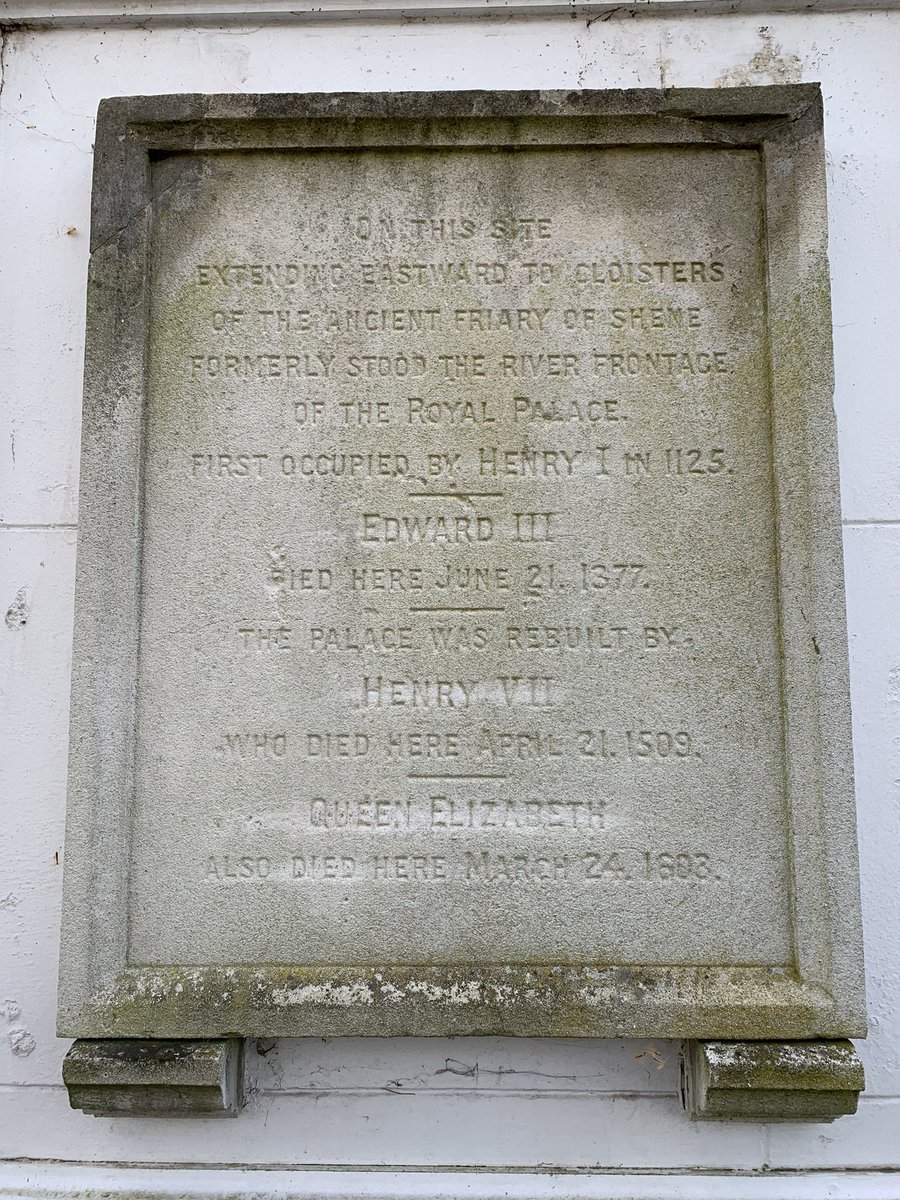
All that remains today of Richmond Palace is the gateway on the Green (the arms of Henry VII are a recent replacement of the original), & the restored buildings of the Wardrobe, which lie behind the gateway in Old Palace Yard. 


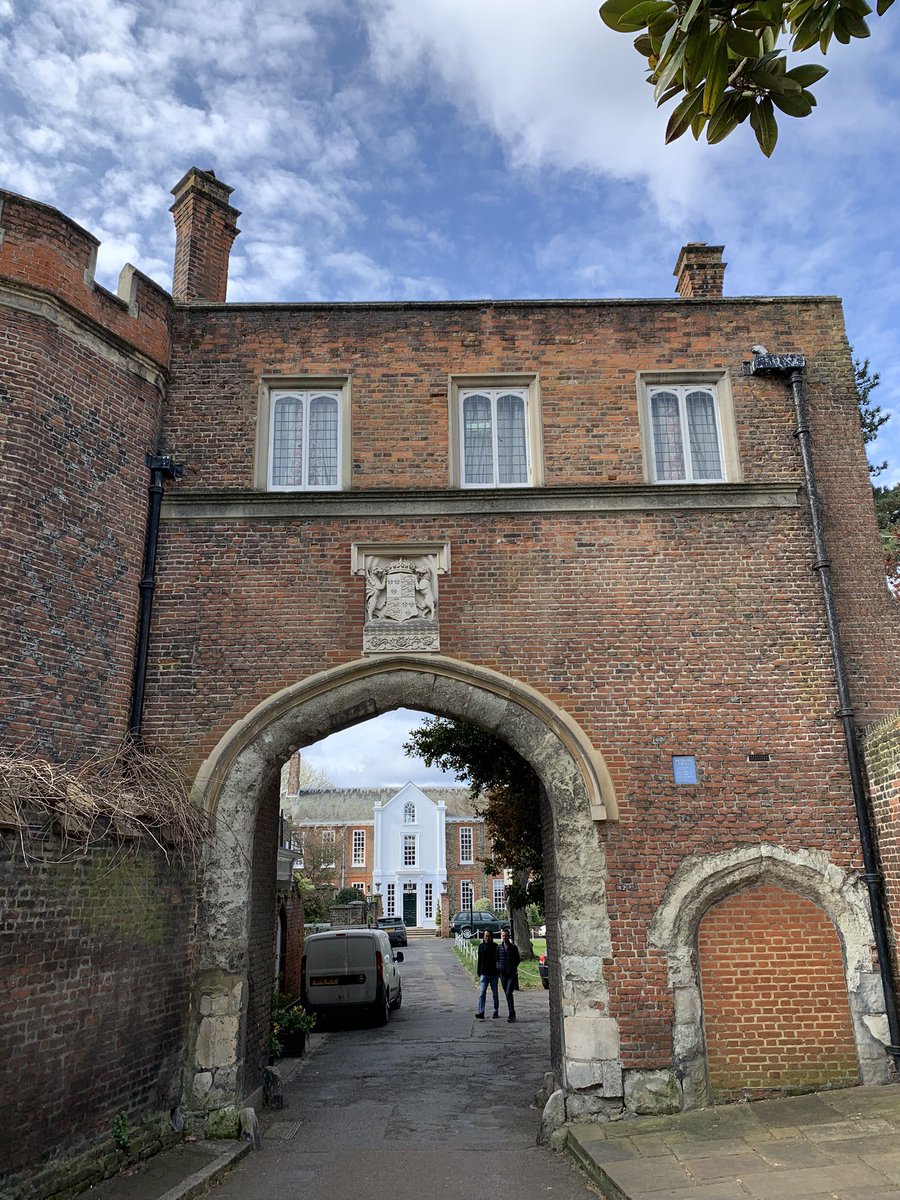
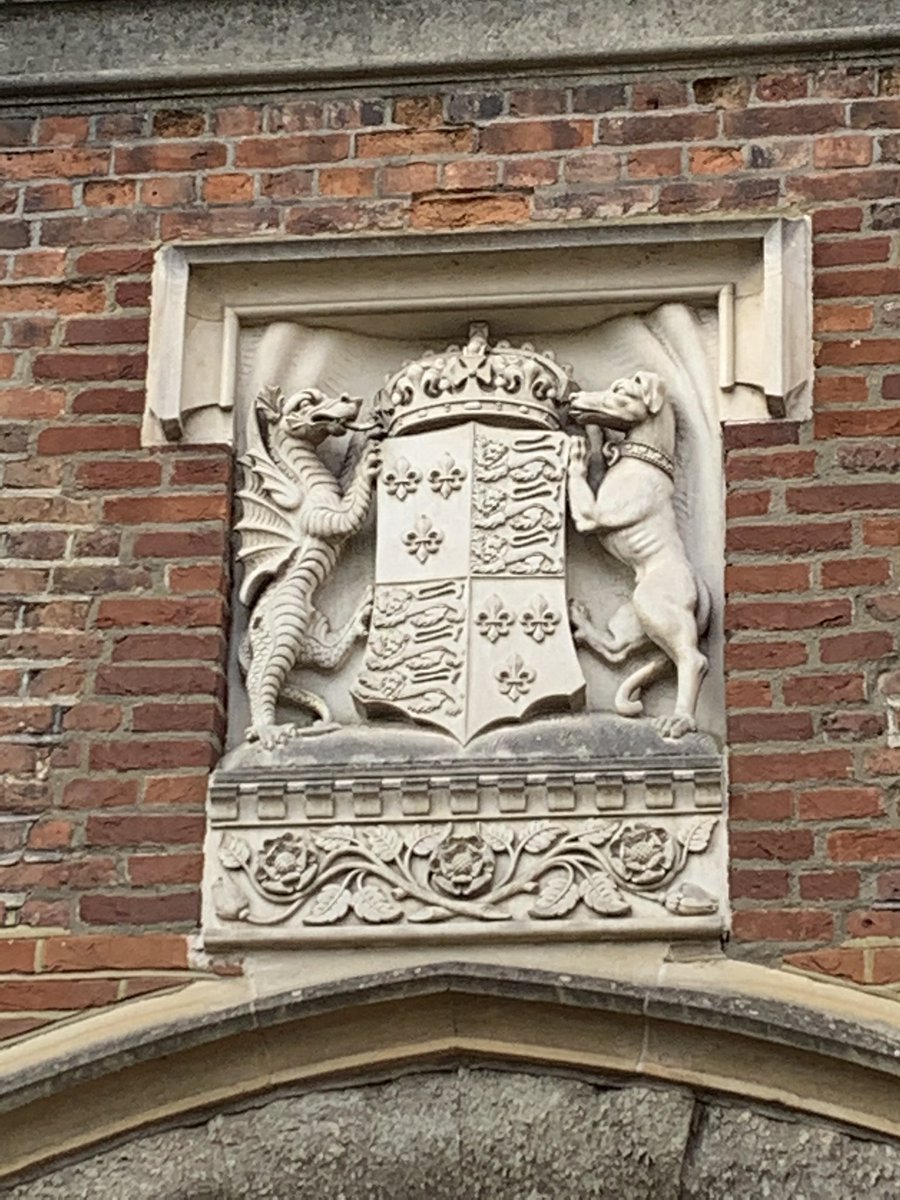
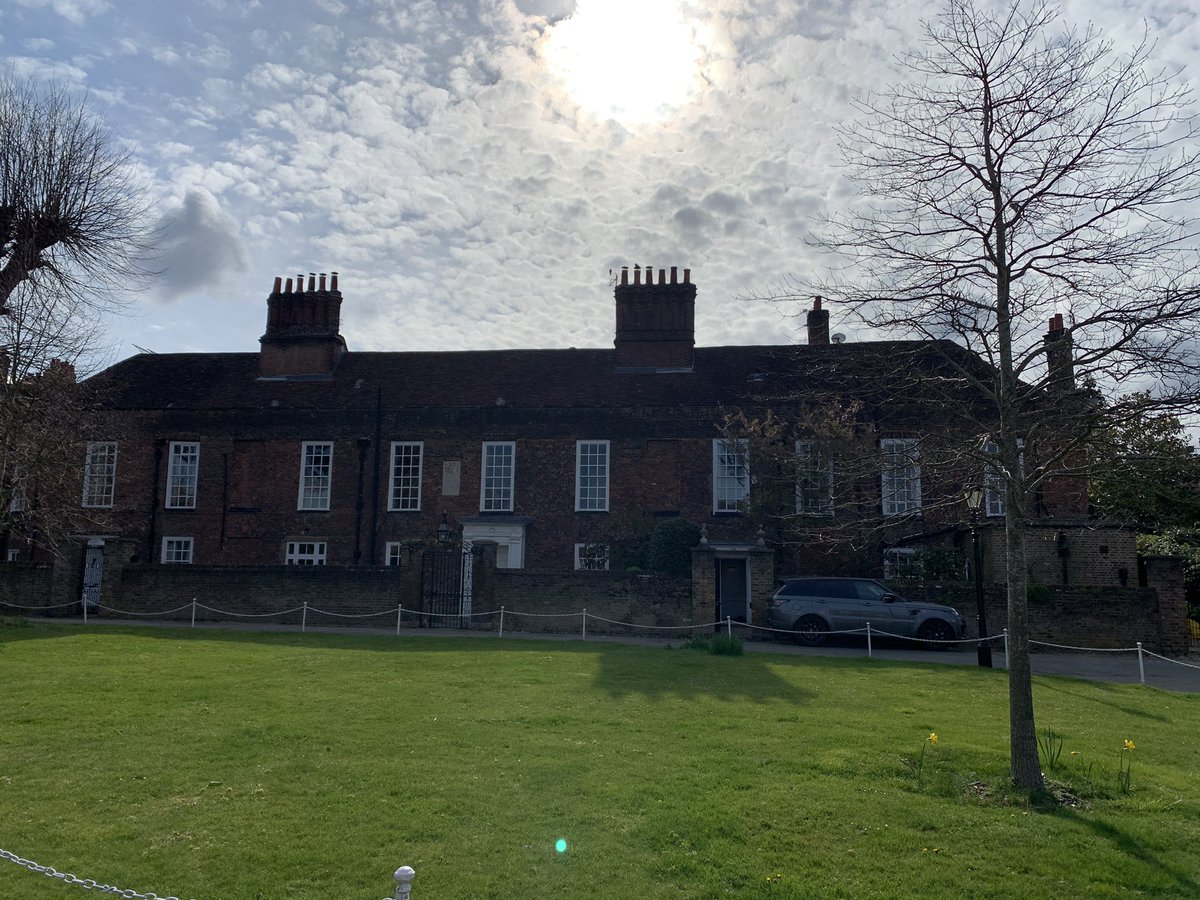
King Henry’s Mound – where, so it is said, Henry VIII stood on 19 May 1536 to watch a rocket fired from the Tower of London, signalling that Anne Boleynn had been executed.
(The sad truth is that he was in Wiltshire at the time - but still, a great view of St Paul’s...)

(The sad truth is that he was in Wiltshire at the time - but still, a great view of St Paul’s...)

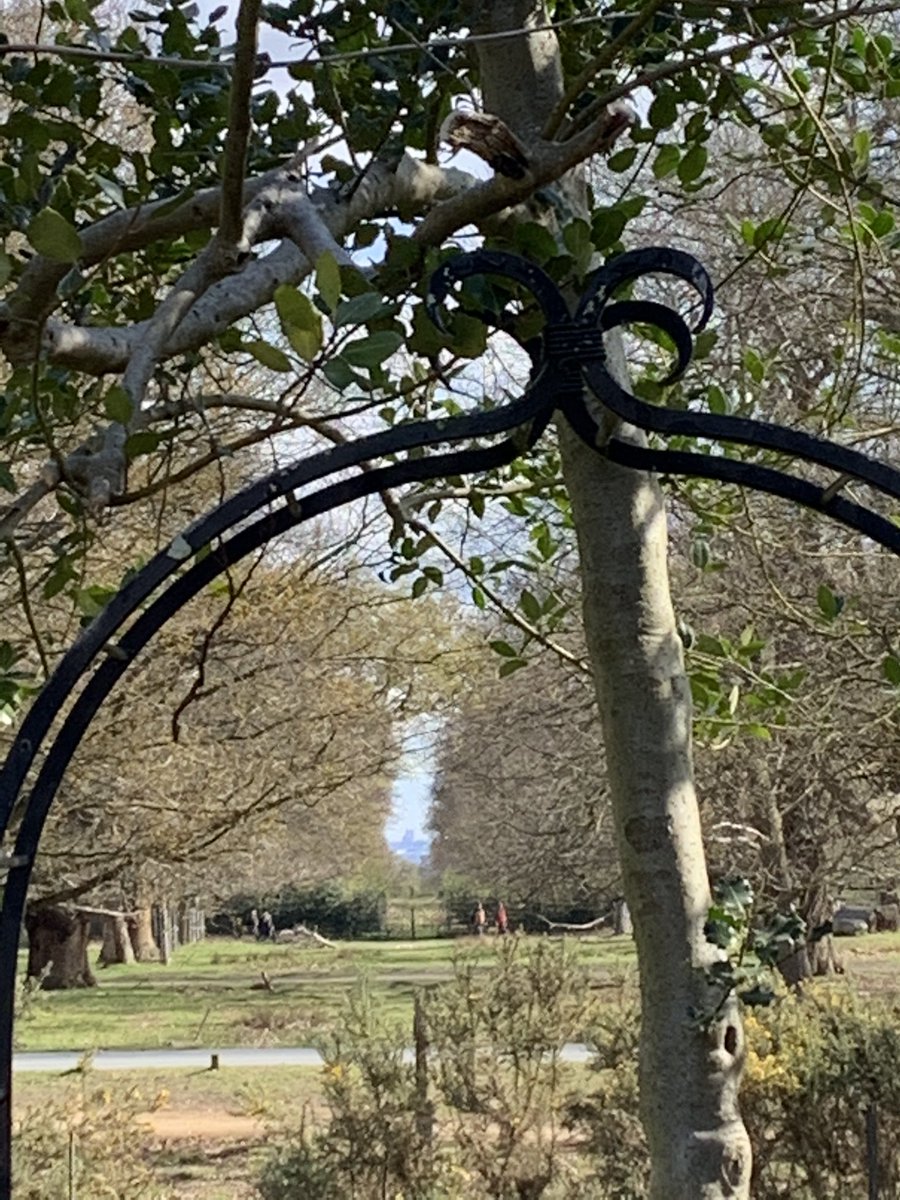
John Dee House in Mortlake stands on what was once the Thames-side house of Dr John Dee, scholar, occultist, astrologer, advisor to Elizabeth I, & inventor of the phrase ‘British Empire’. Dee owned one of the largest libraries in the whole of England. It seems a long time ago. 
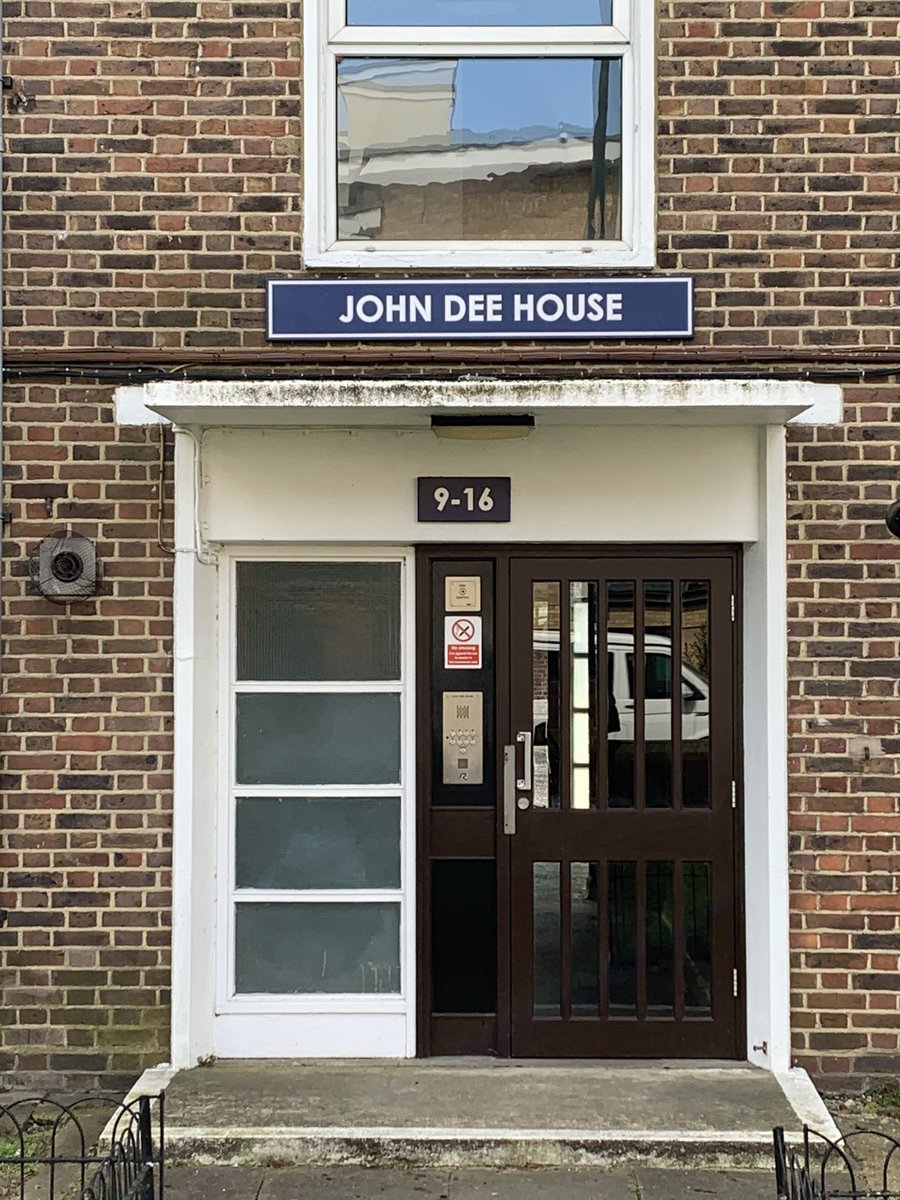
Dee is said to have been buried in the church next door, which was built in 1543 (although all that remains of the original structure is the bell tower). The wall separating the flats from the churchyard is supposedly the wall that once ran along the edge of his garden. 
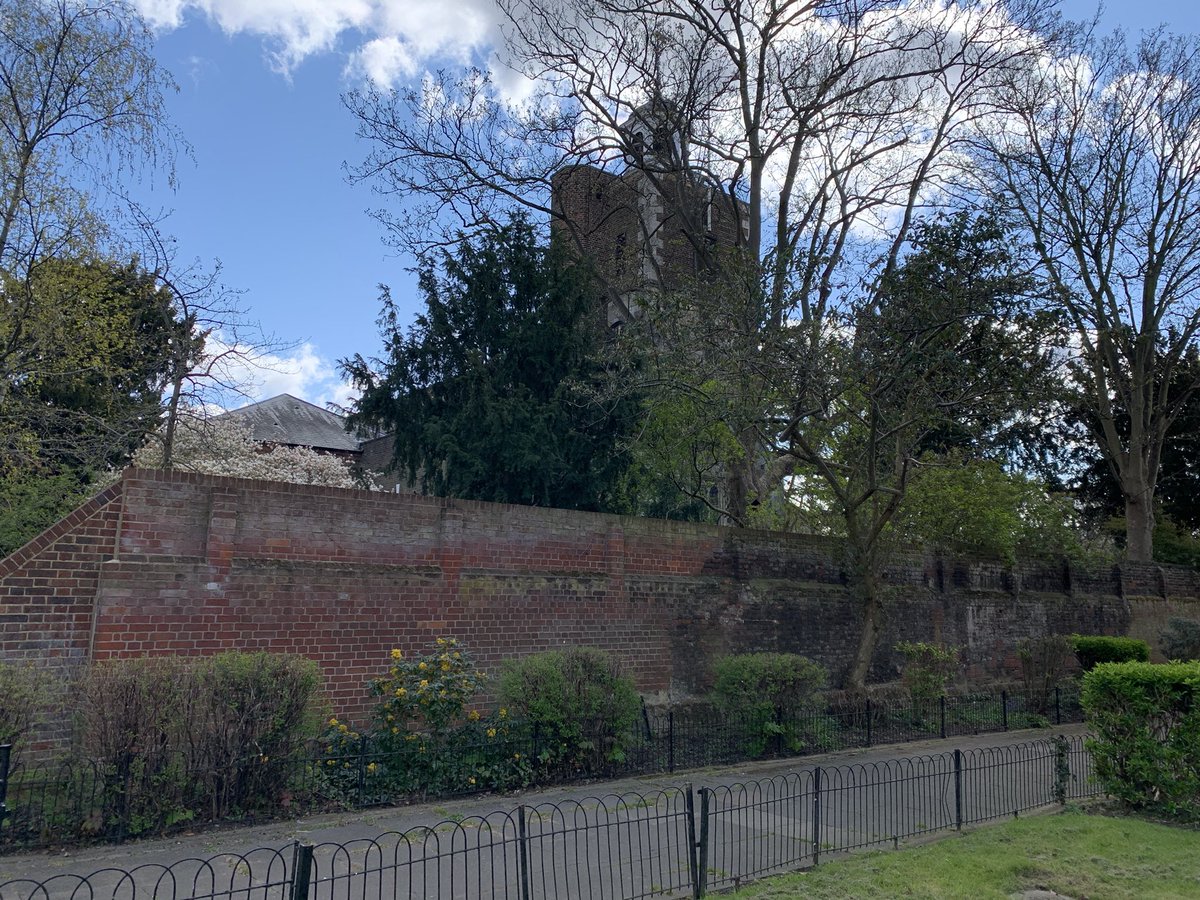
Beaufort Street in Chelsea preserves the name of Beaufort House, where Sir Thomas More moved in 1520, & from where he was taken to the Tower in 1535, there to be executed. All that remains of the original house is a stretch of the orchard wall on the west side of Paultons Square. 


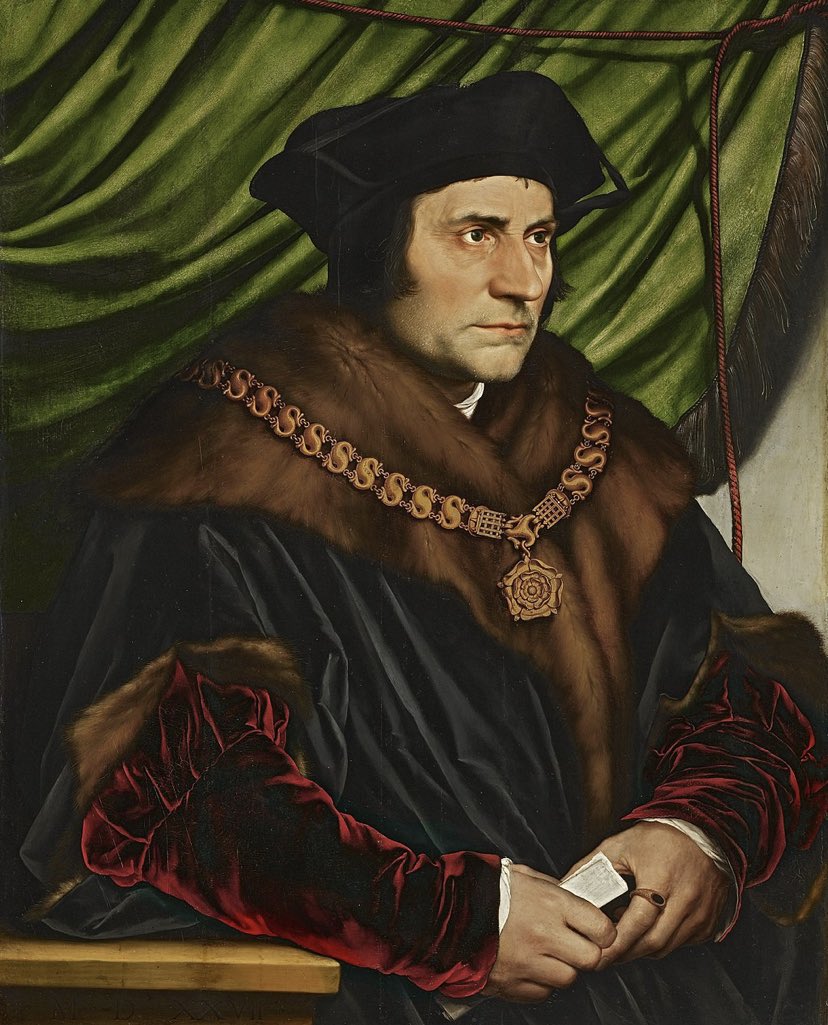
“You have at Chelsea a right fair house, your library, your books, your gallery, your garden, your orchard & all other necessaries about you, where you might in the company of your wife, your children & household, be merry” – Dame Alice, More’s wife, urging him to leave the Tower 
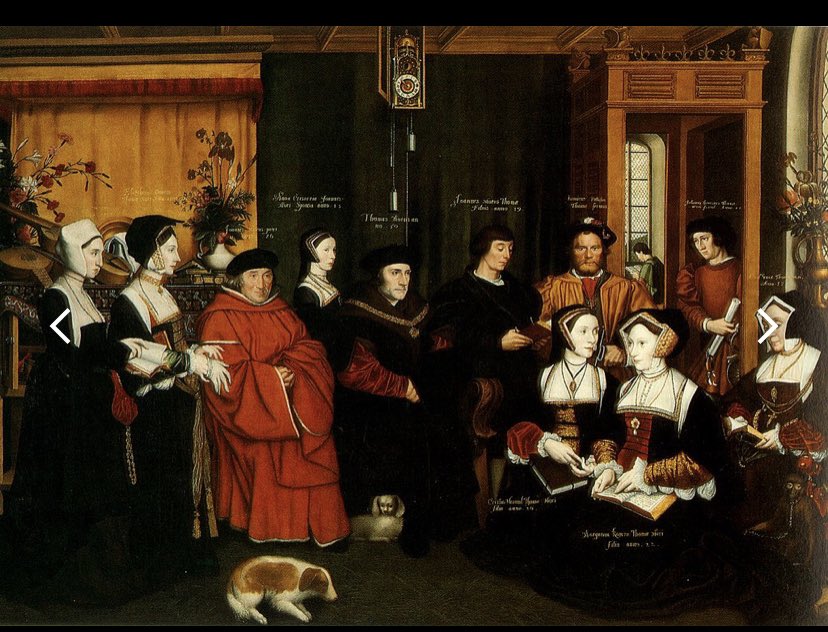
The south chapel at Chelsea Old Church was rebuilt in 1528 to serve More as his private chapel. There are capitals inside, supposedly designed by Holbein, which represent the various offices held by More (until his unfortunate run in with Henry VIII, of course…) 

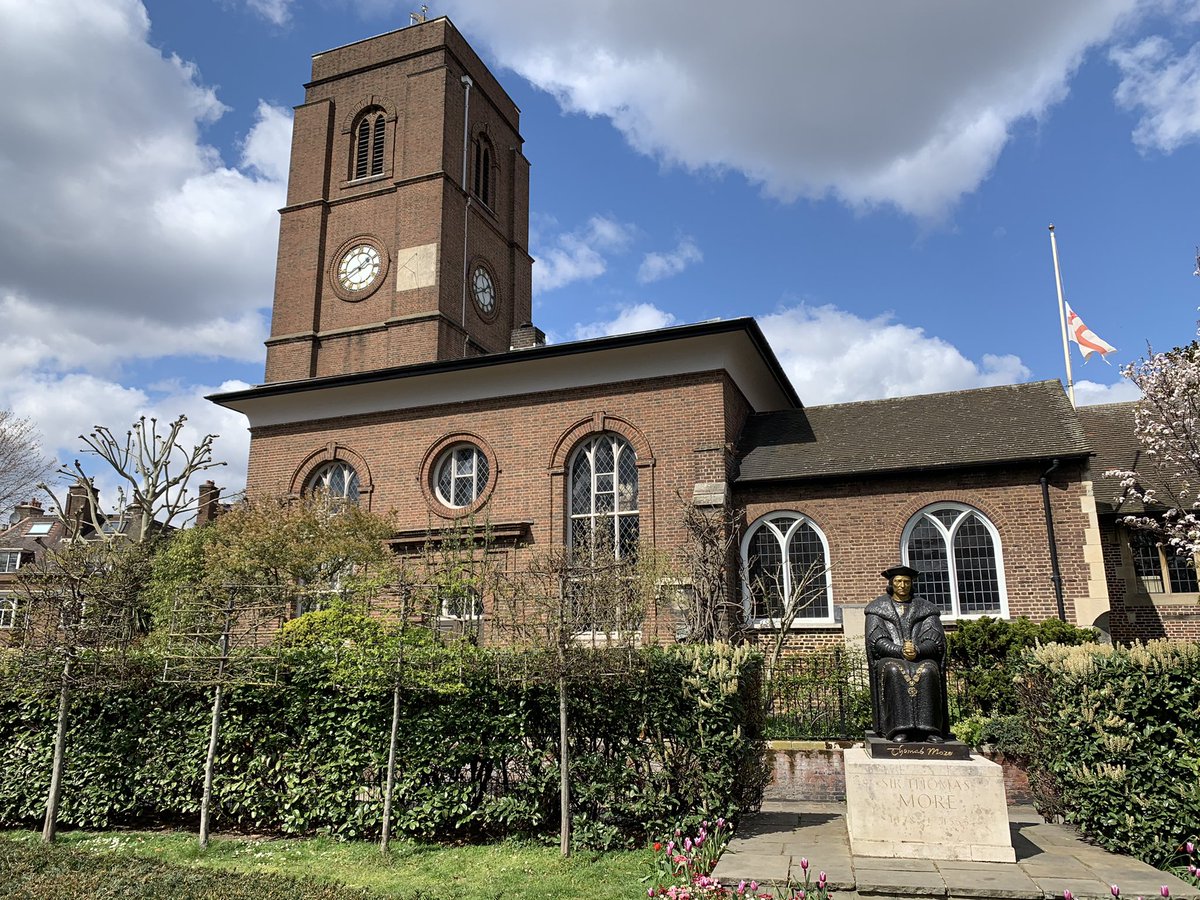
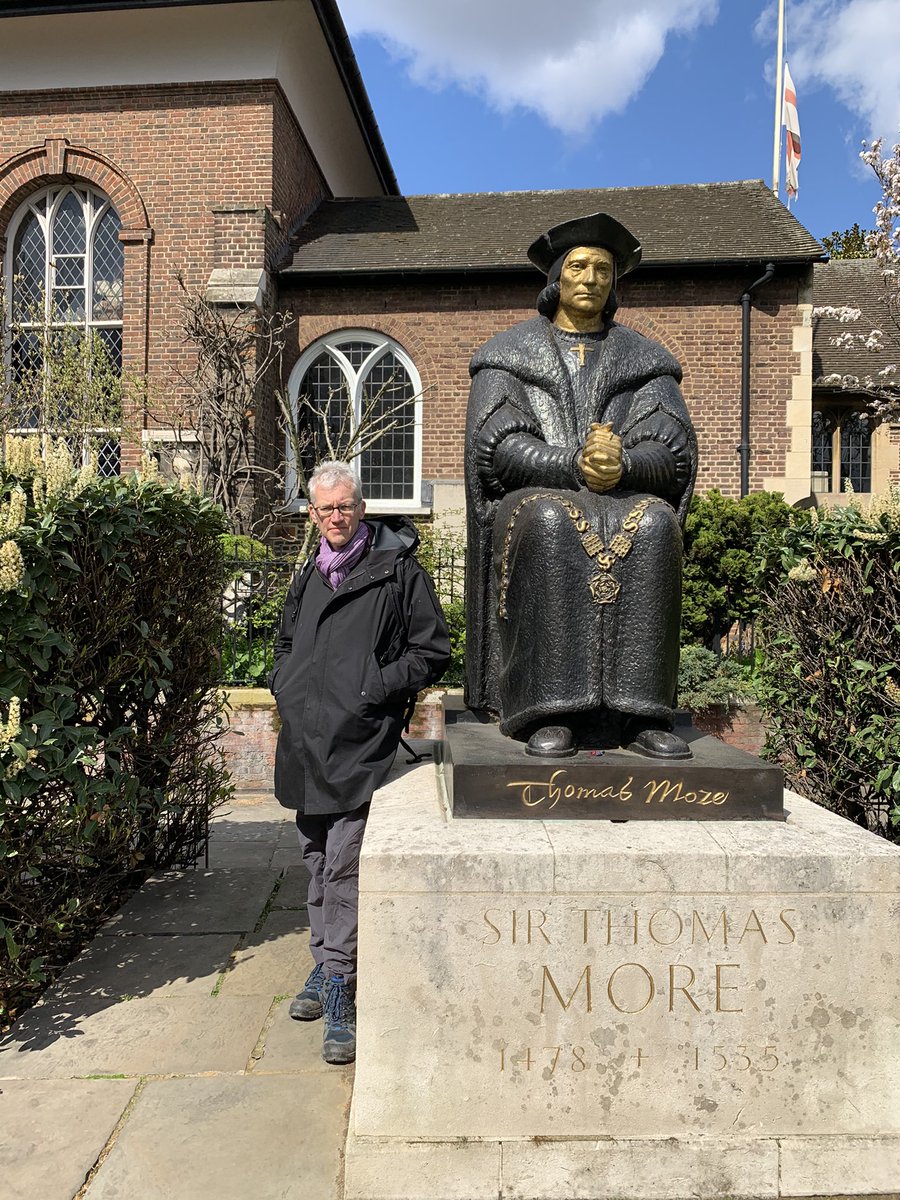
Henry VIII - after whom Kings Road was named - gave the manor house as a wedding present to Catherine Parr. The future Elizabeth I lived there as a child and its last royal resident was, inevitably, Anne Cleves. (I say inevitably because she seems to have owned houses everywhere) 

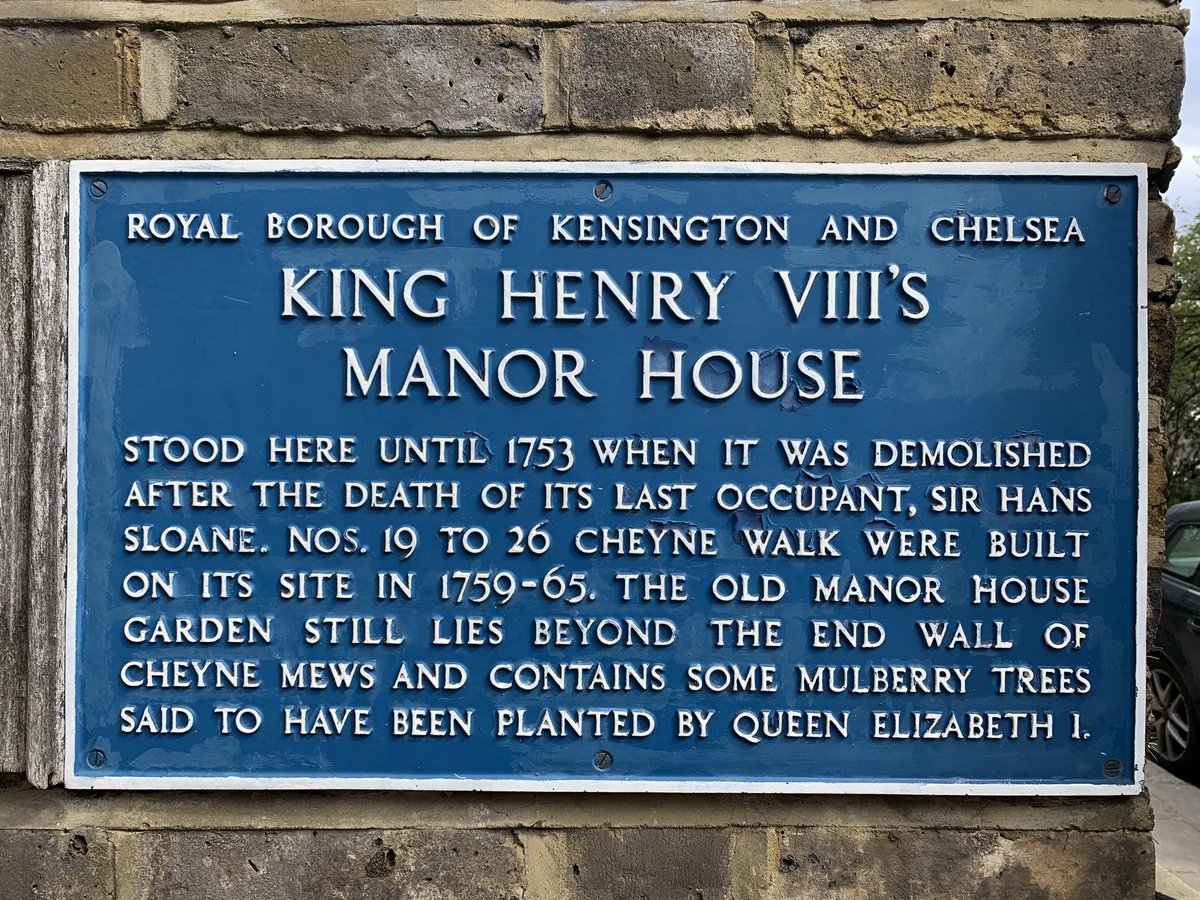
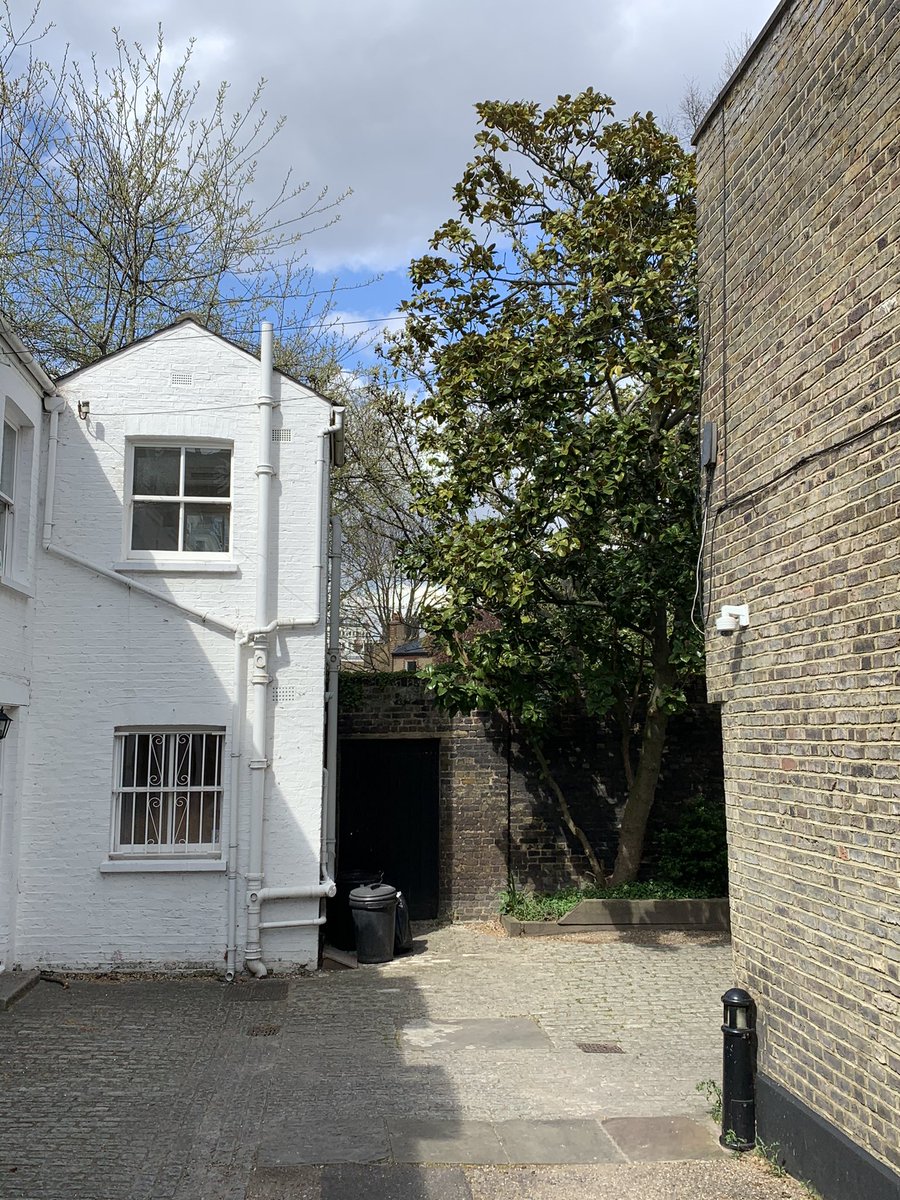
St James Palace stood on the site of a leper hospital that Henry VIII took over after the dissolution of the monasteries. Mary I died in the palace, & Elizabeth held court here. It was the setting for several of Ben Jonson’s masques. 

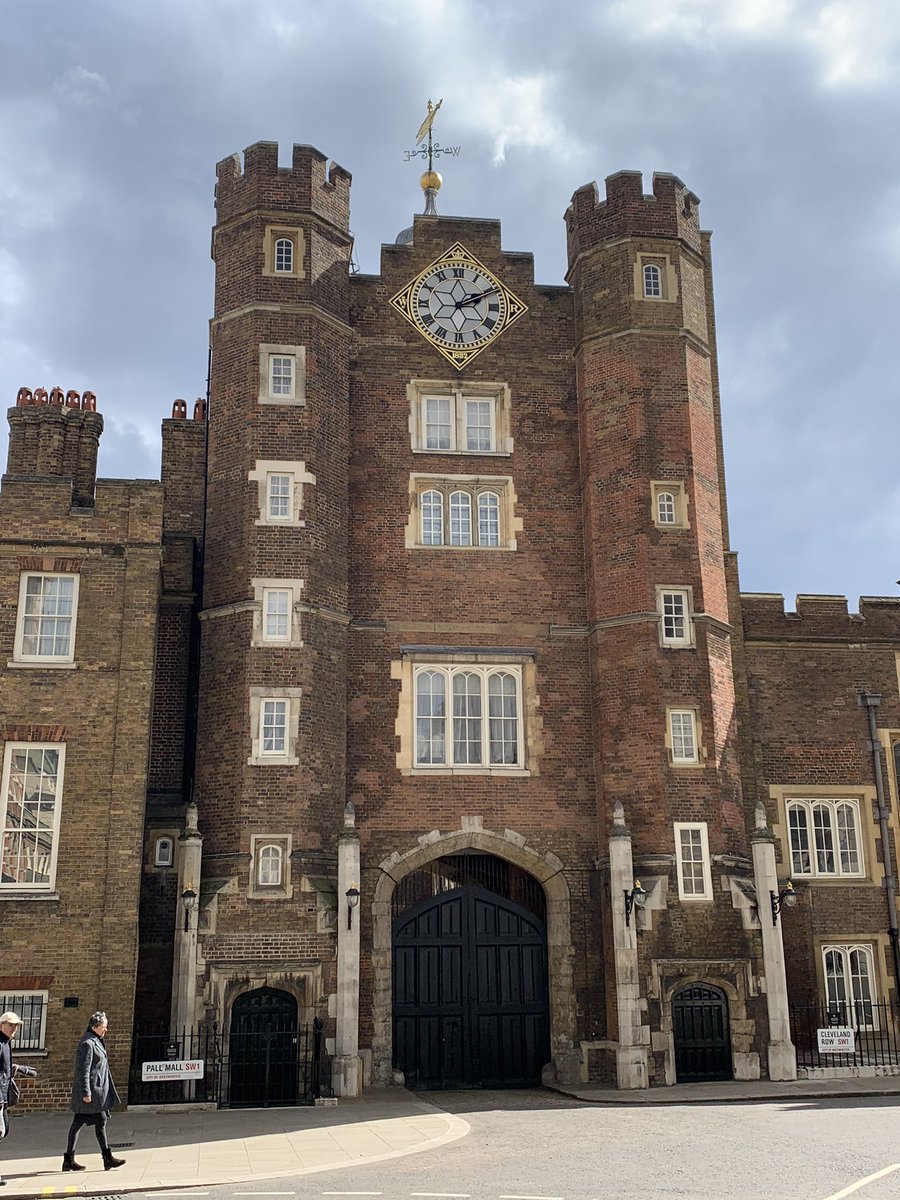
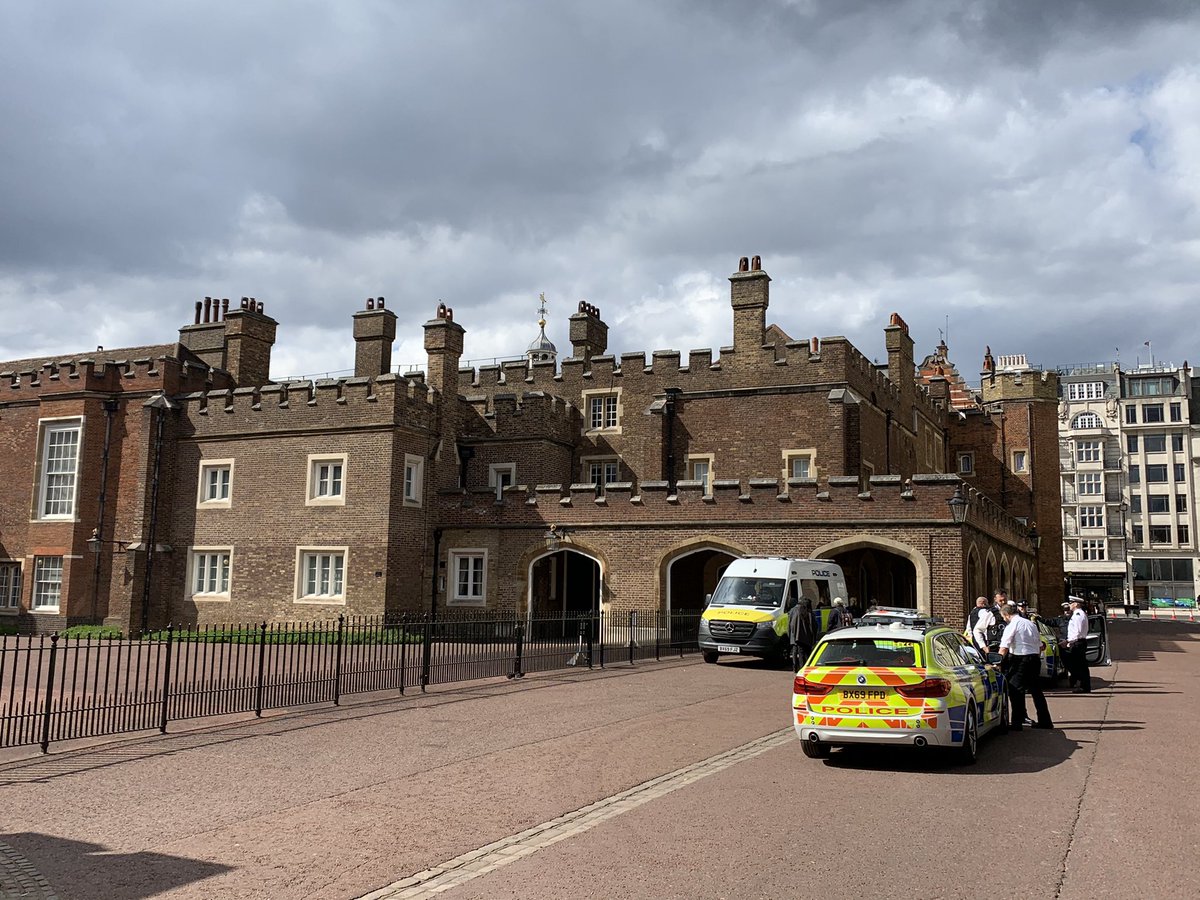
St James Park was originally a boggy field where the lepers in the nearby St James’ Hospital tended their hogs. Henry VIII drained it, & used the land as a nursery for his deer. It became part of a chase that extended all the way to Islington and Hampstead. 
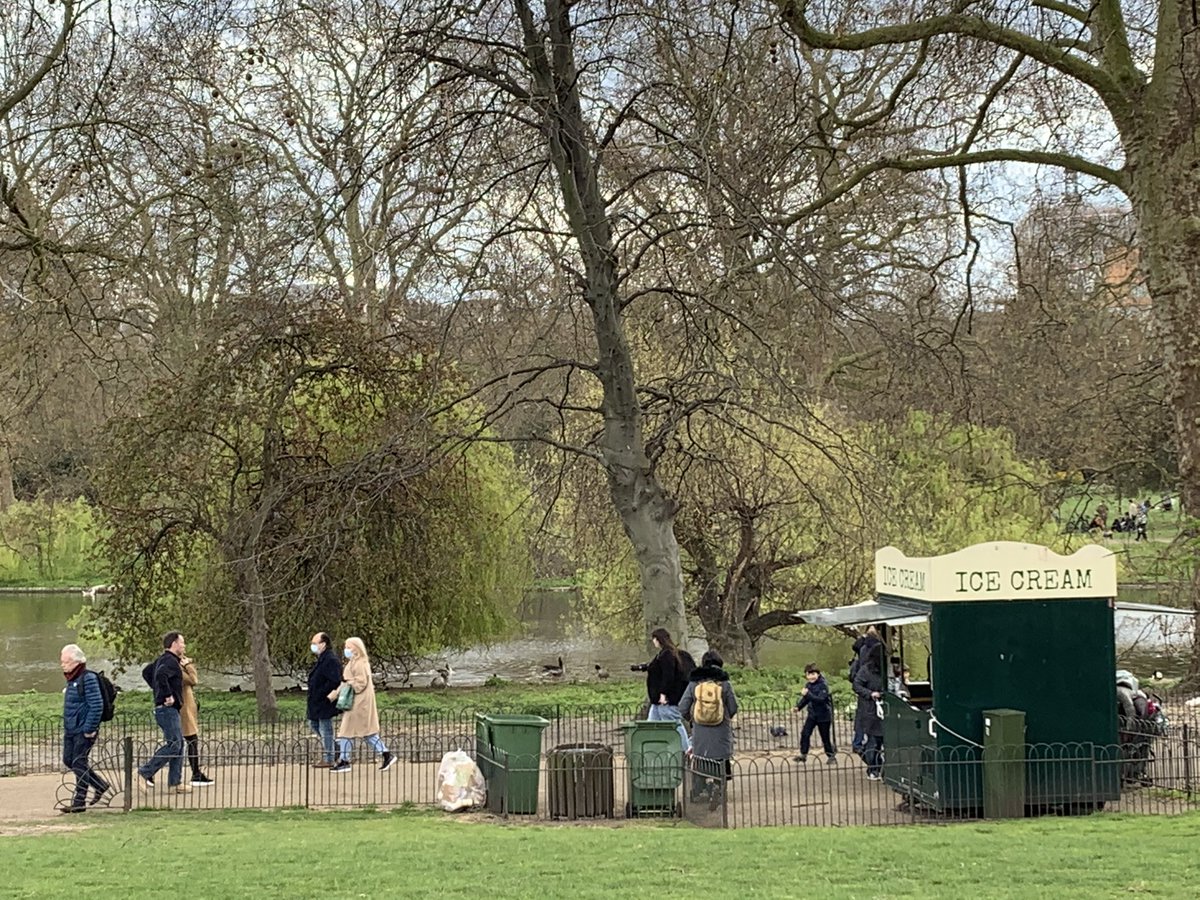
Whitehall commemorates the Palace of Whitehall, which under Henry VIII became the centre of government in England (enabling the Palace of Westminster, which had previously served as the main royal residence in London, to be increasingly monopolised by Parliament). 

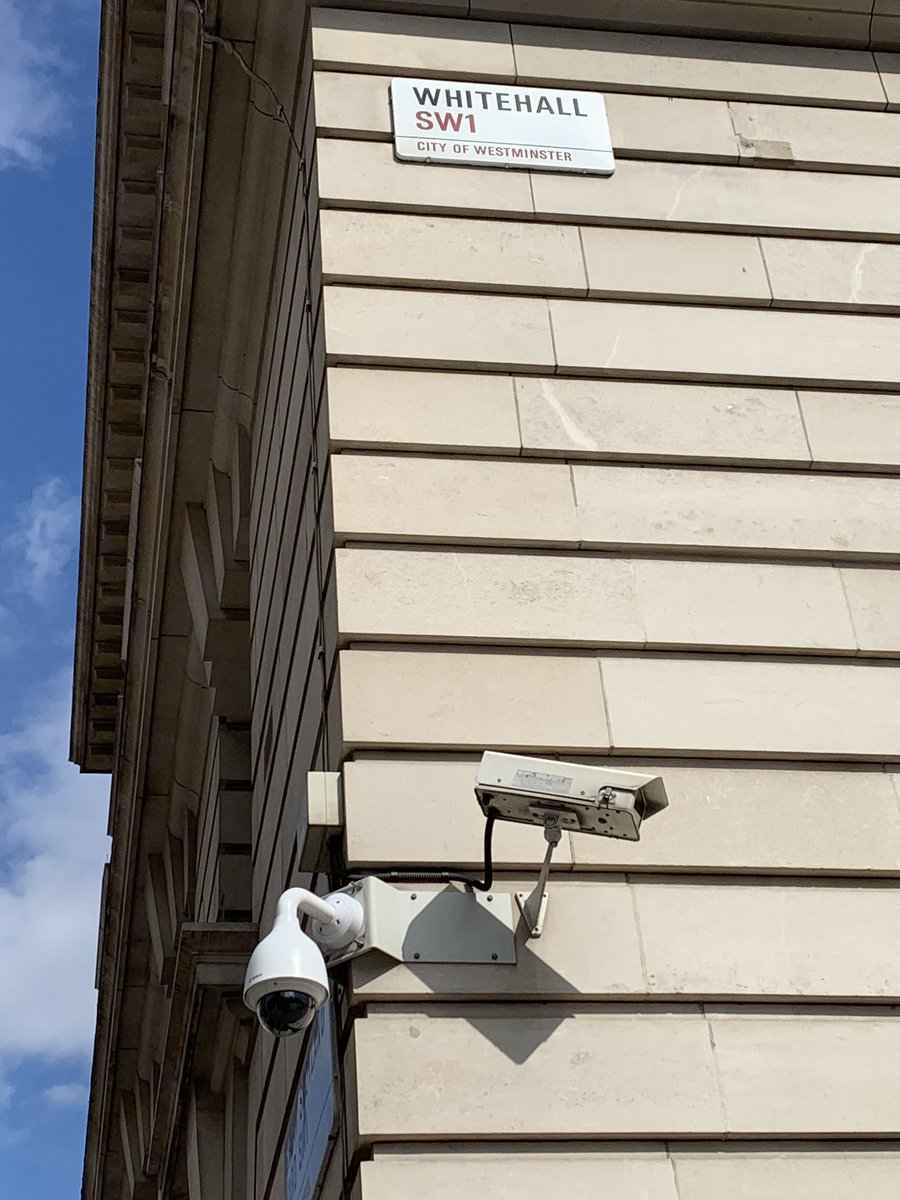
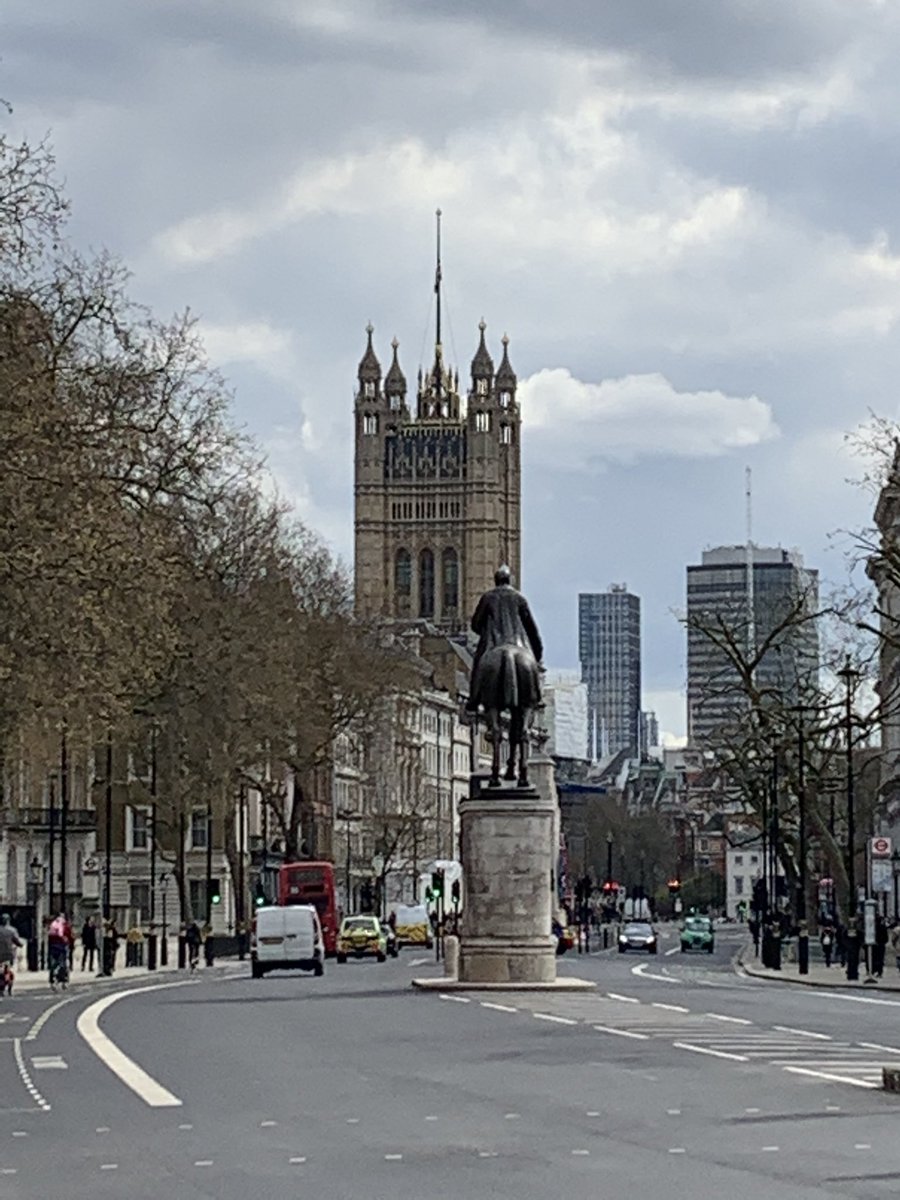
Originally called York Place, after the Archbishop of York, who owned a property there, it was – like Hampton Court Palace – developed by Wolsey, & then appropriated by Henry VIII. He married Anne Boleyn & Jane Seymour in its chapel, & died there in January 1547. (Sketch is 1544) 
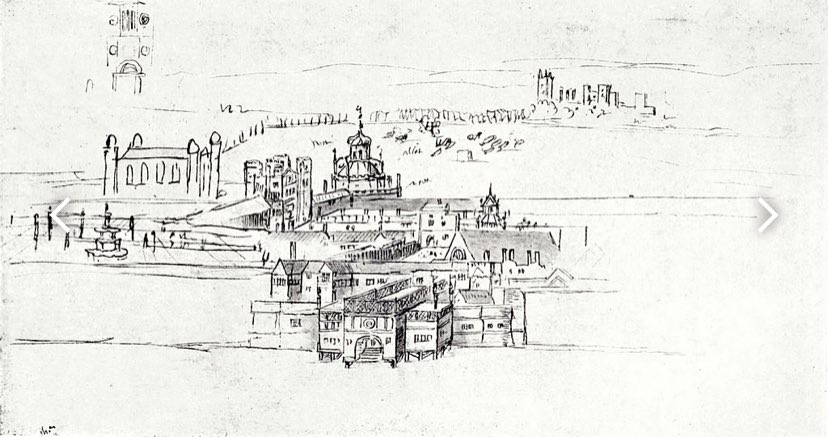
70 Whitehall – today the Cabinet Office – stands, perhaps fittingly, on the site of the Cockpit-in-Court: the area used by Henry VIII to stage cock fights. 
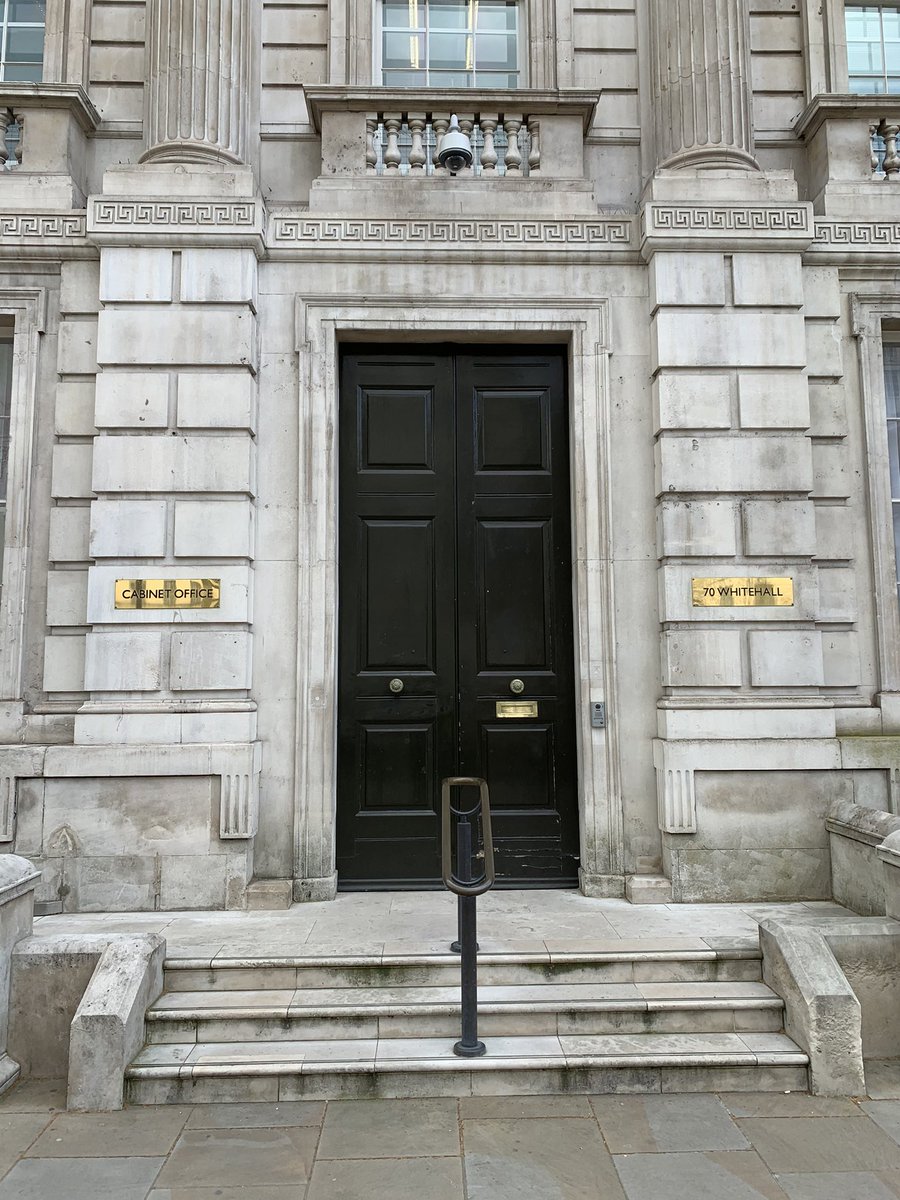
Horse Guards Parade is where, in 1511, Henry VIII staged a lavish tournament to celebrate the birth of a son by Catherine of Aragon on New Year’s Day (the son, fatefully, died a few weeks later). Among the trumpeters was an African, “John Blanke the Blacke Trumpeter”. 

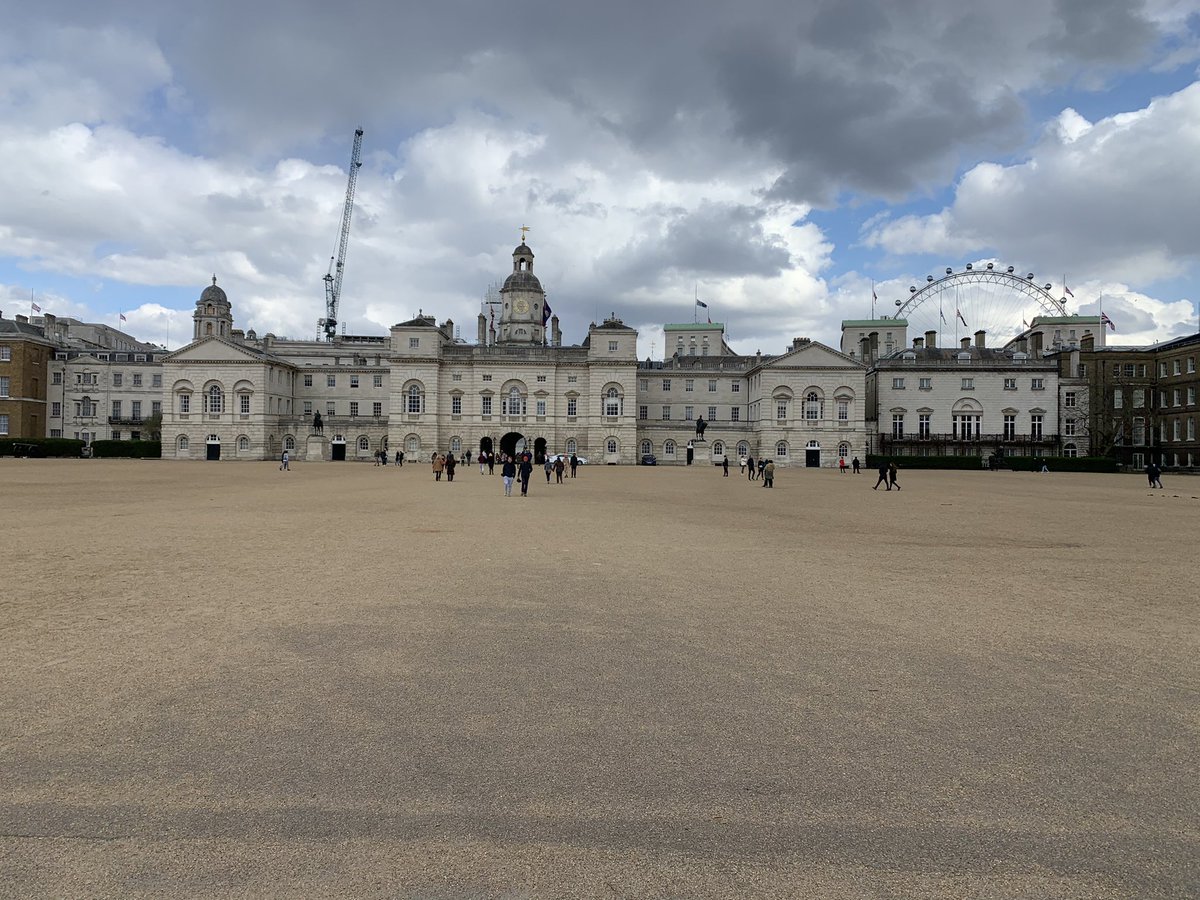
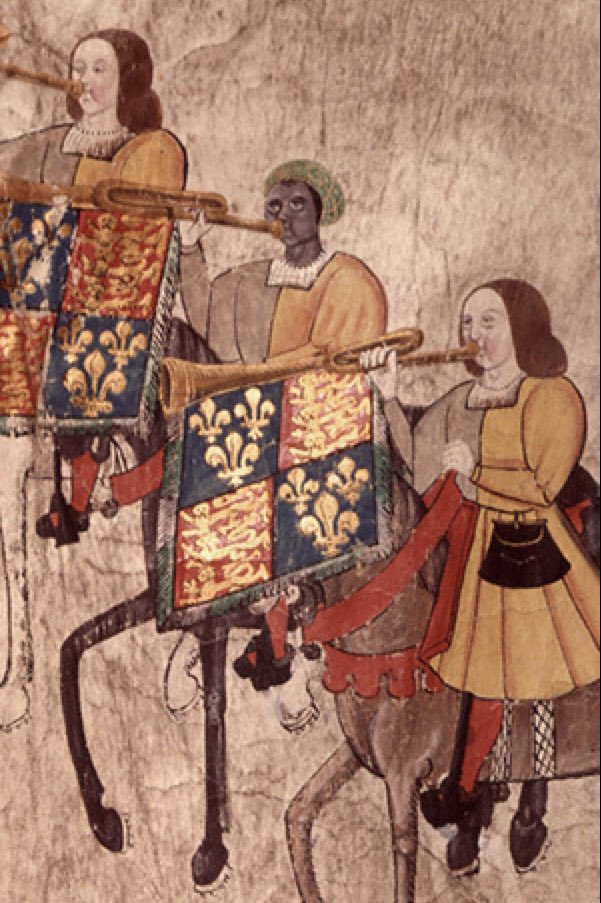
Trafalgar Square occupies the place where, in the Middle Ages, hawks were kept for moulting, or ‘mewing’, as it was termed in Middle English. After a fire in 1534, these ‘mews’ were rebuilt as stables. 

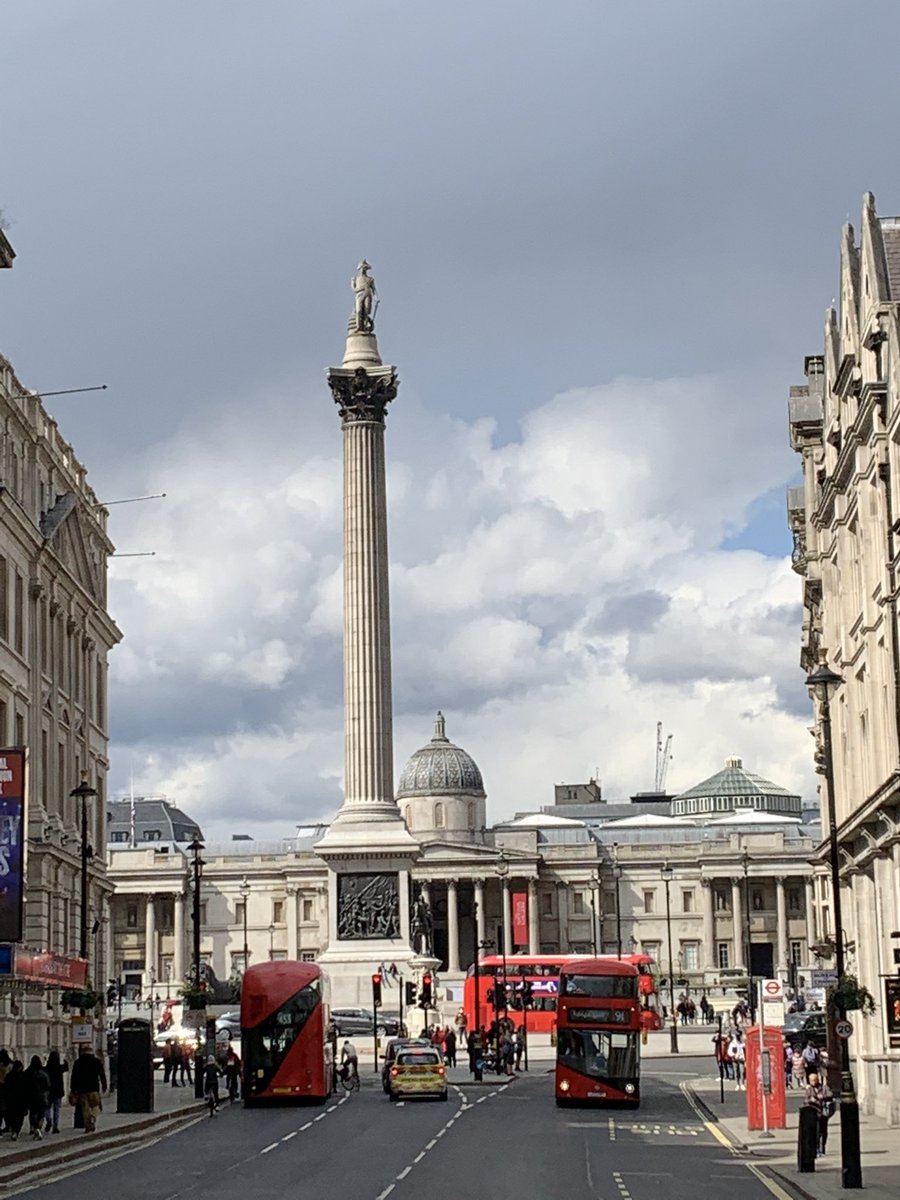
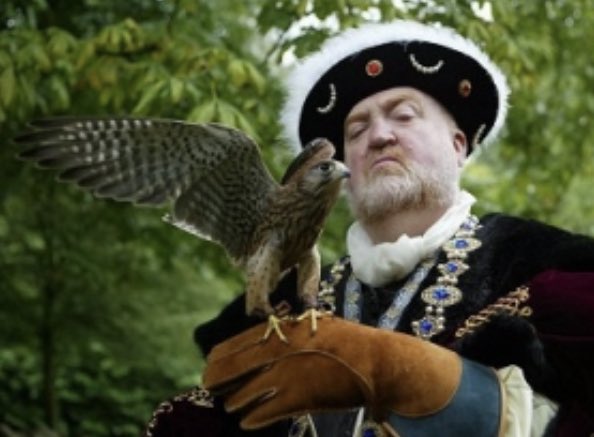
In 1532, the Strand was officially condemned as “full of pits and sloughs, very perilous and noisome.” This is what prompted it to be paved for the first time – at the expense of those with houses bordering it, naturally. 
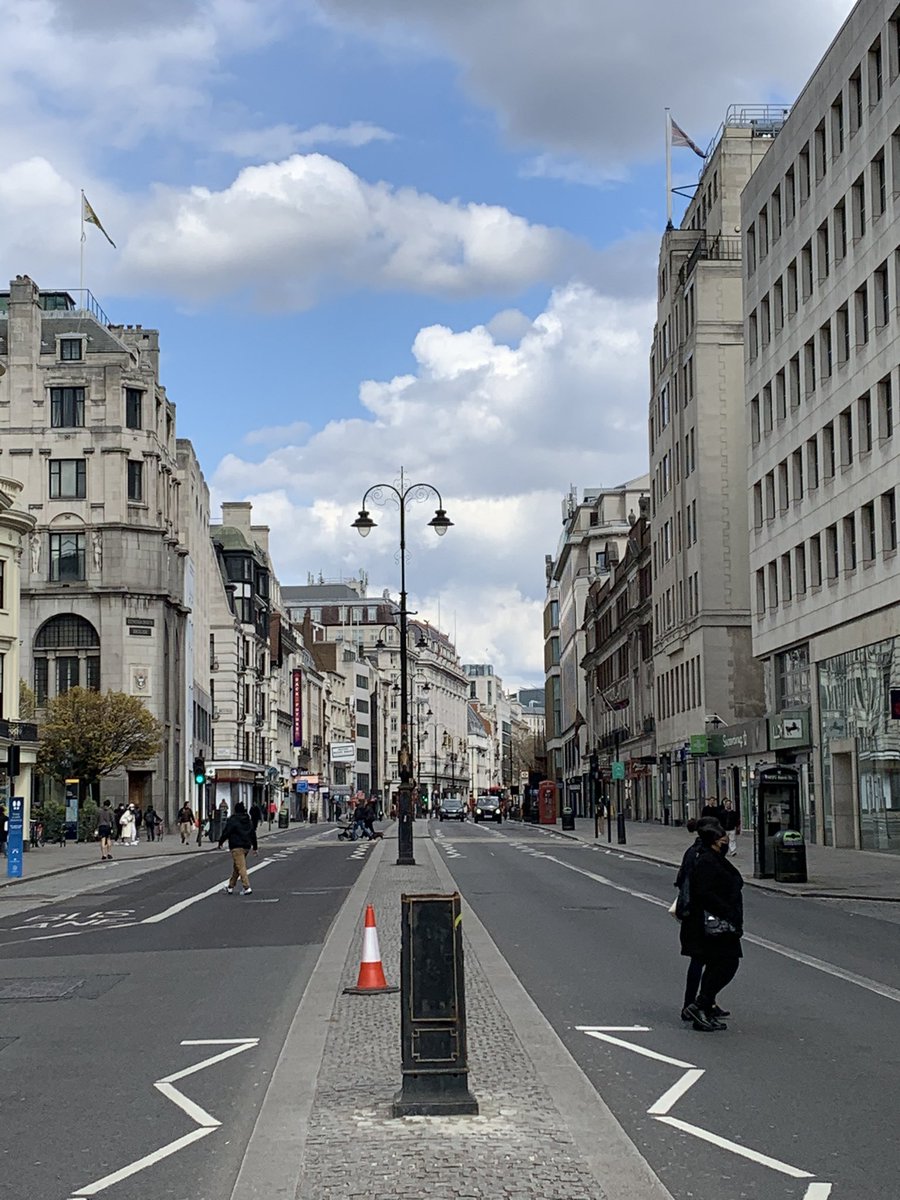
Somerset House – redeveloped in the 18th century (& in 2021) – was the site of the first Renaissance palace in England. It was commissioned by and named after Edward Seymour, Edward VI’s uncle, who became both Lord Protector & Duke of Somerset, & then was executed in 1552. 
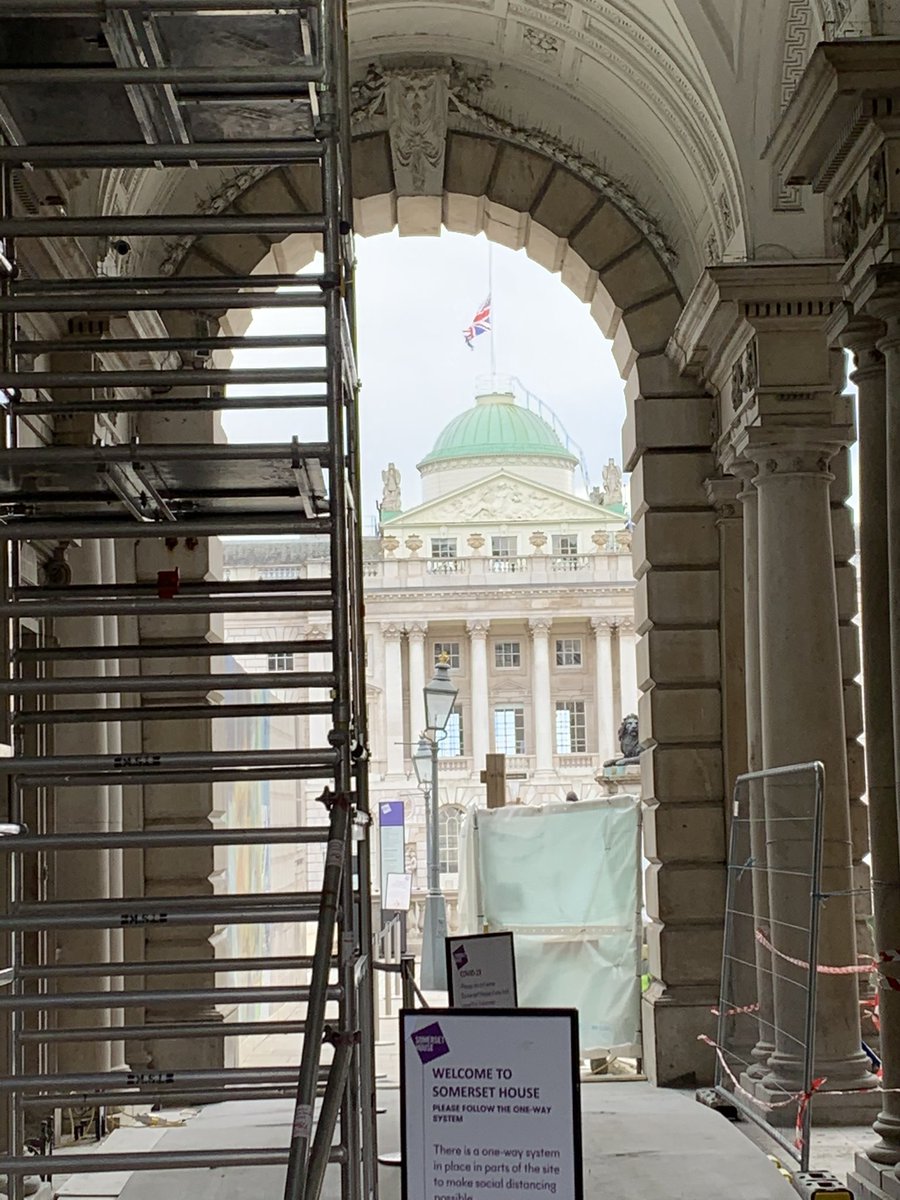
The future Elizabeth I was staying in Somerset House during Mary’s reign, when the house was searched and Protestant literature discovered. Her tutor & governor were both taken to the Tower (both were subsequently released).
St Dunstan’s on Fleet Street. William Tyndale, the translator of the Bible into English, preached here in 1523, when it was still exceedingly perilous to be a Protestant; John Donne was rector here from 1624 until his death in 1631. 

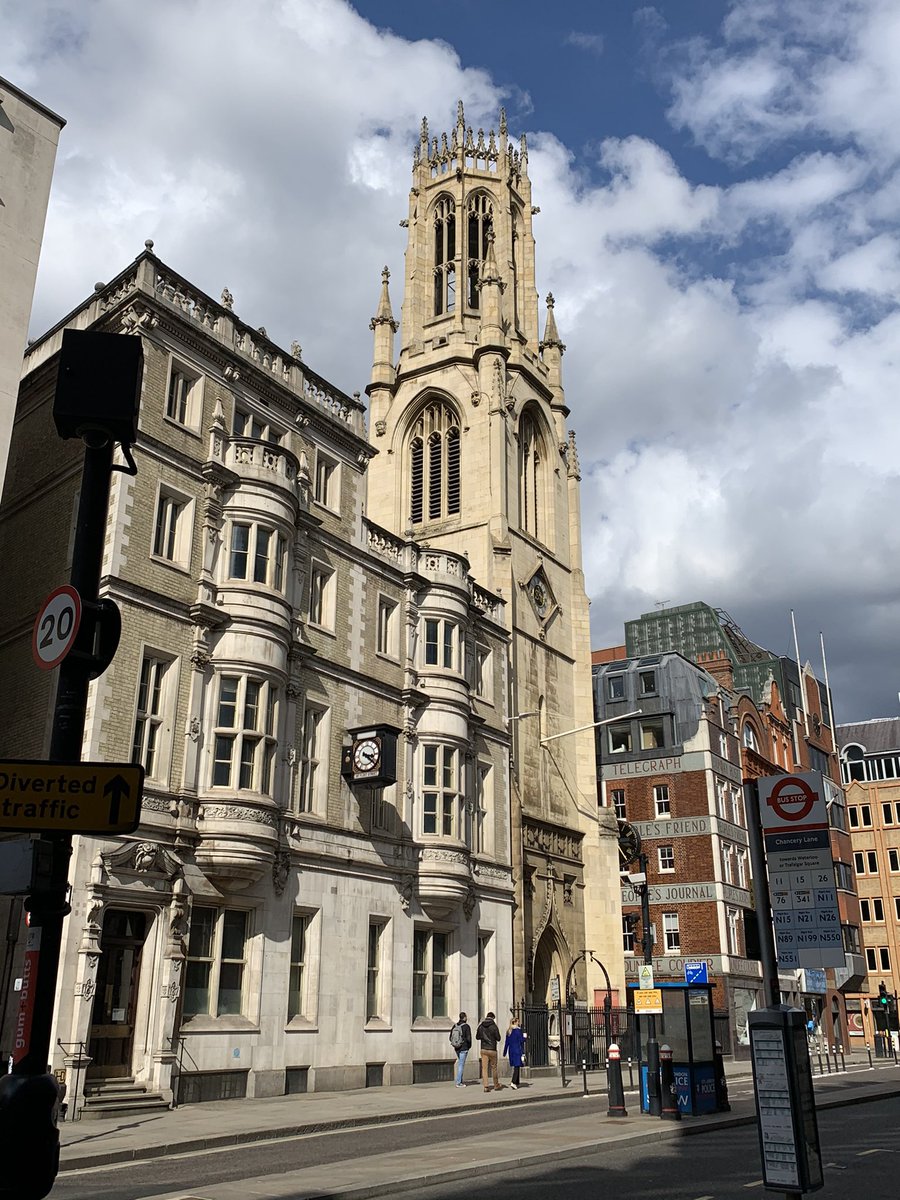
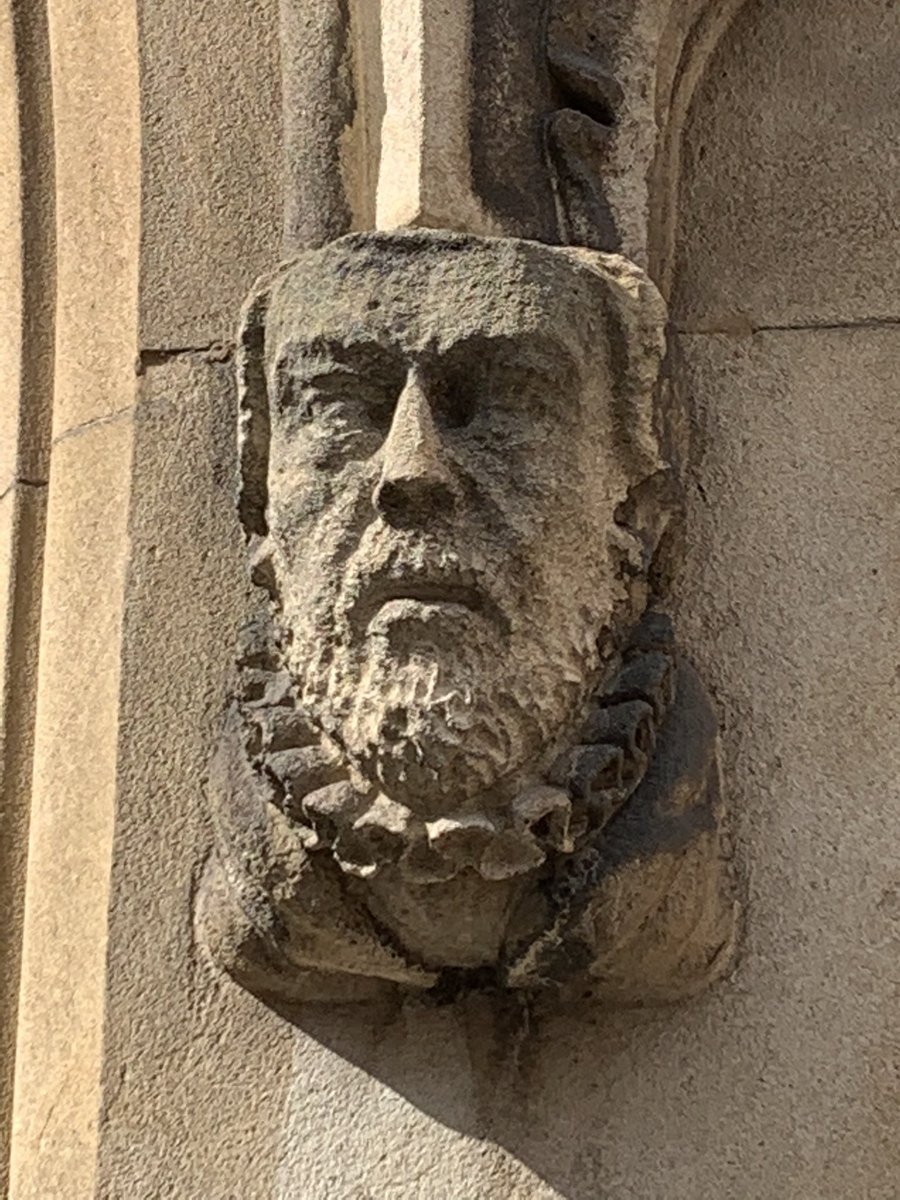
The monument to the Protestant martyrs burnt at the stake in Smithfield during the reigns of Henry VIII & ‘Bloody’ Mary. It was unveiled in 1870. Condemned prisoners were stood in an empty tar barrel, with faggots piled up around them. Their deaths were protracted & agonising. 
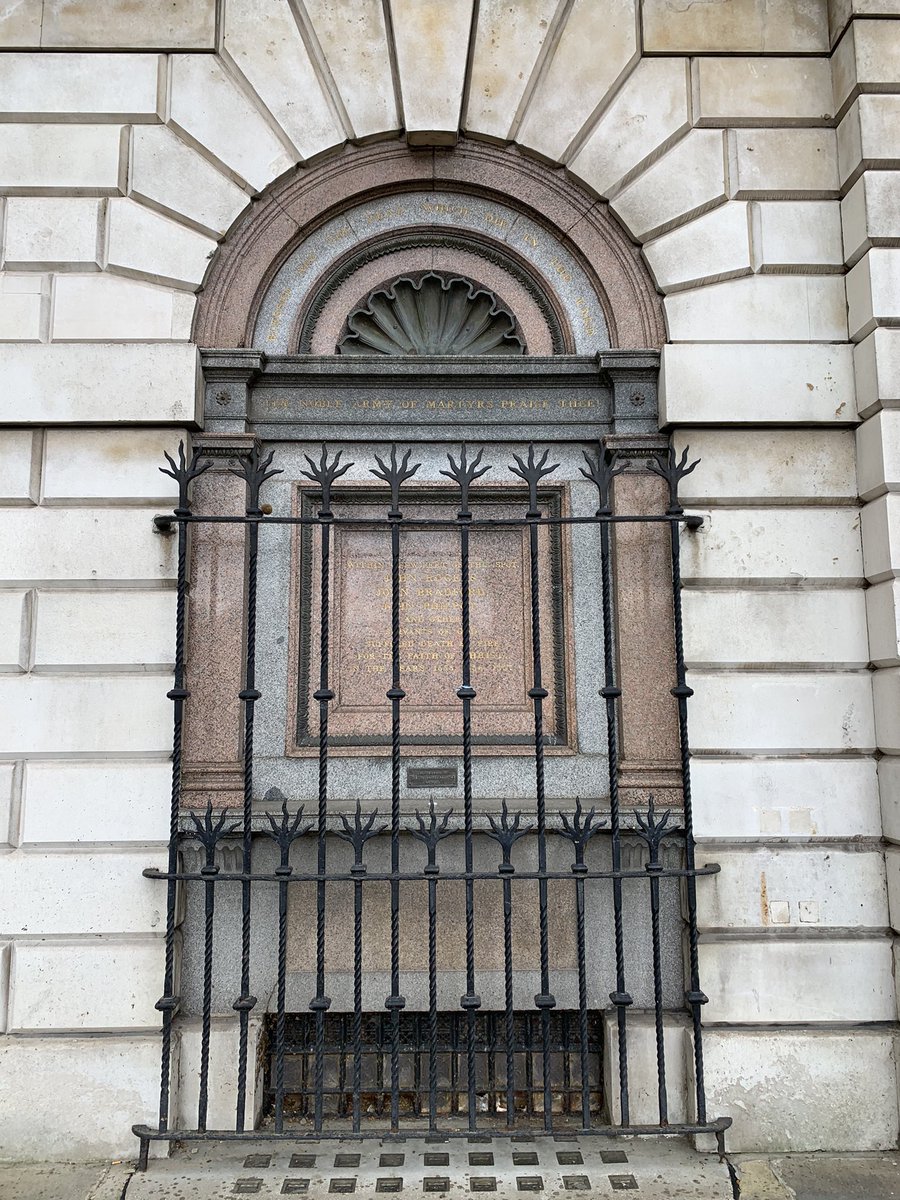
Behind this scaffolding stands the only public statue of Henry VIII in London. It commemorates his refounding in 1544 of St Bartholomew’s Hospital, originally founded in the reign of Henry I, but facing ruin after the dissolution of St Bartholomew’s Priory. 

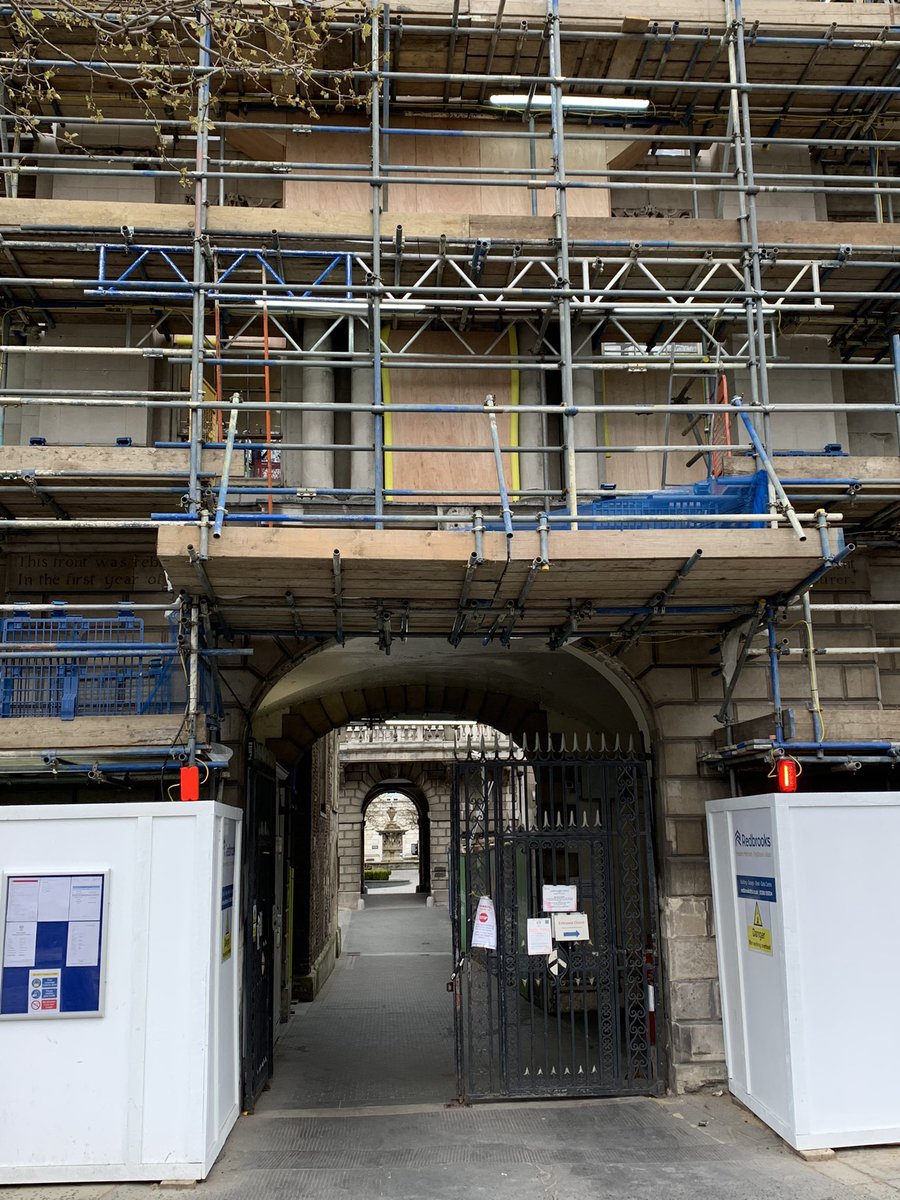
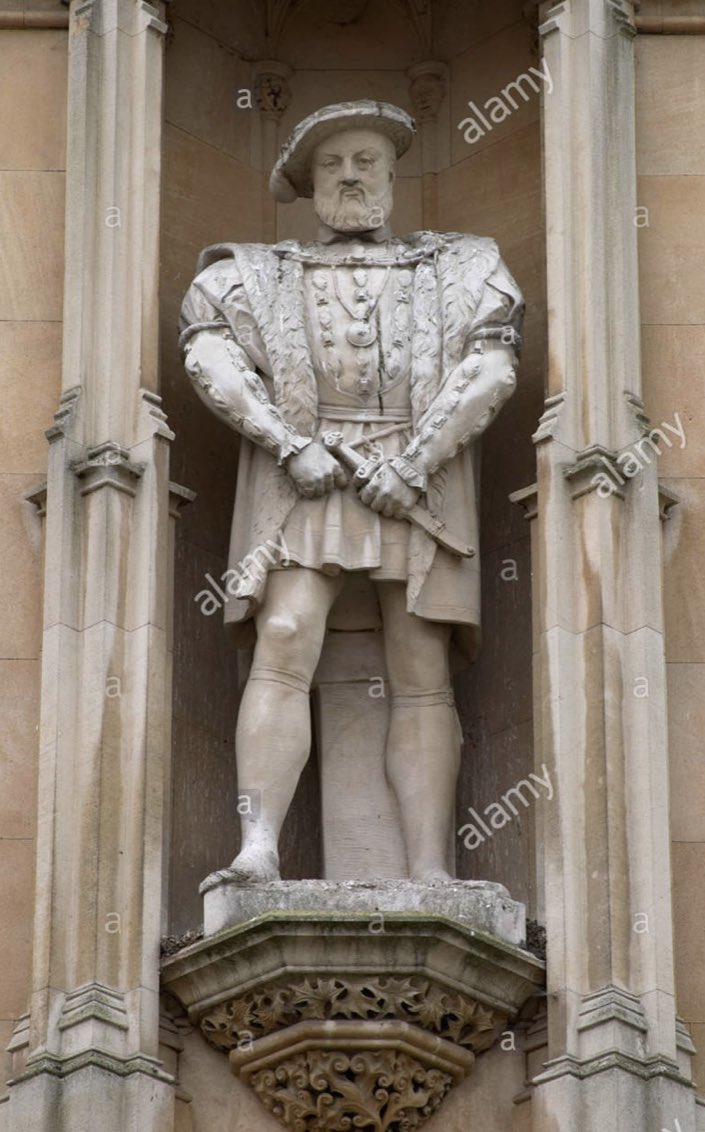
The splendidly named St Andrew by the Wardrobe is where, before it was gutted first by the Great Fire & then by the Luftwaffe, William Shakespeare was for 15 years a parishioner. 
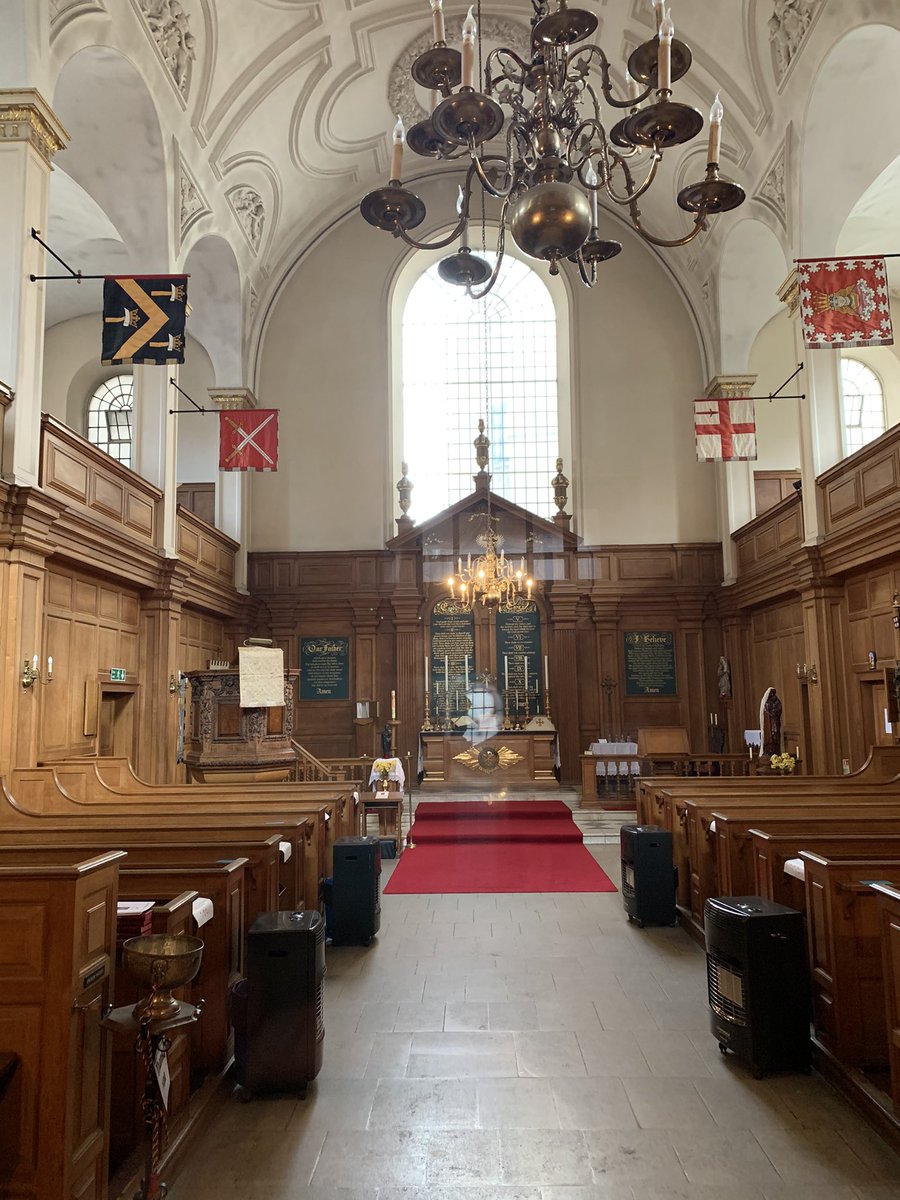
The Globe, which opened in 1997, is as close an approximation to the original as the theatre-goer could ever hope to visit. The original theatre was built in 1599, & went up in flames in 1613, when a cannon misfired during a production of Henry VIII, & set fire to the roof. 

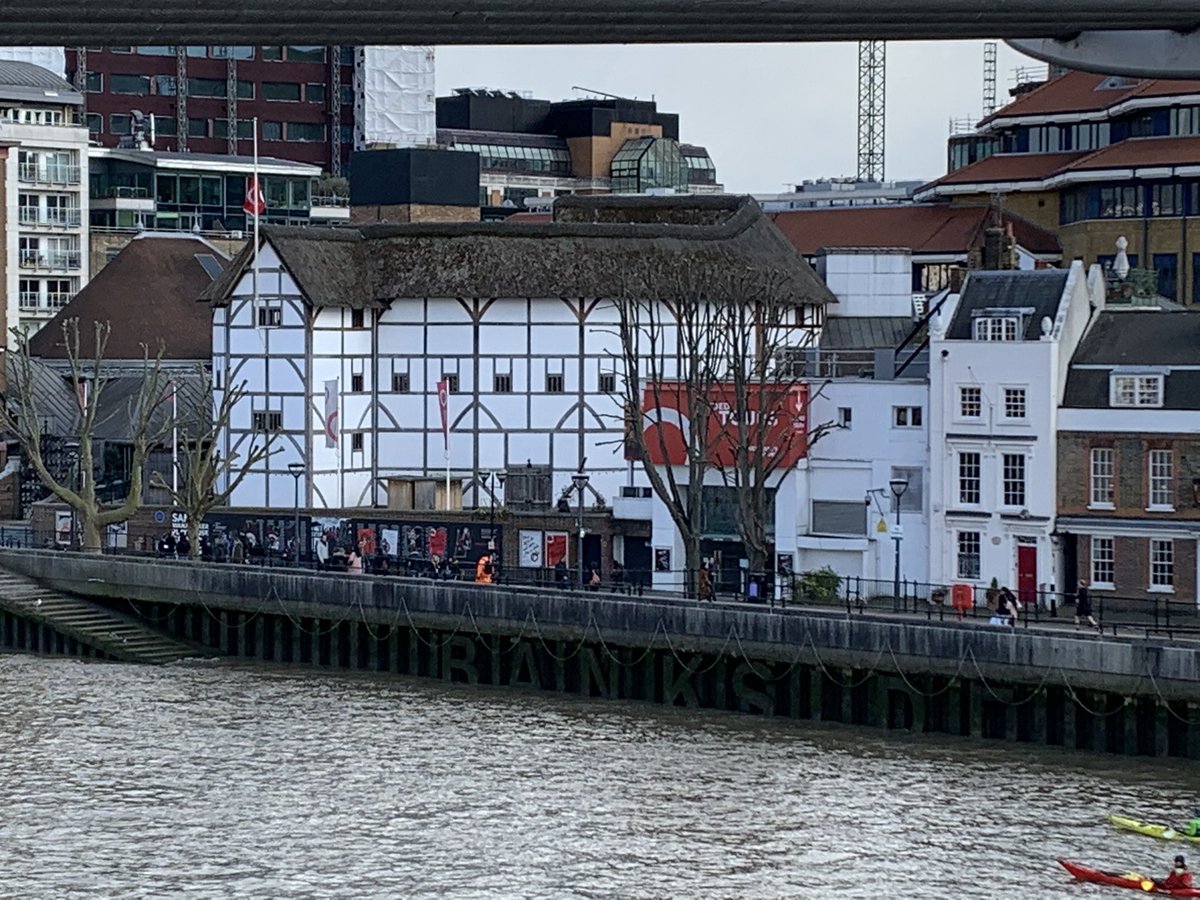
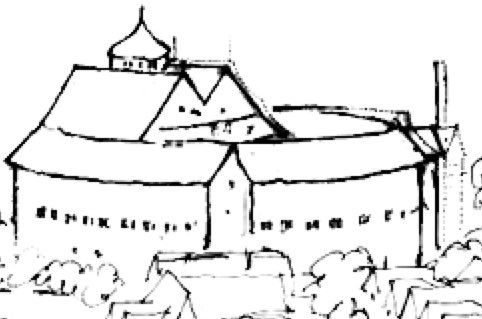
Site of the Rose, built in 1587: the 1st purpose-built theatre to stage a performance of one of Shakespeare’s plays. Marlowe was its star writer. The Rose was excavated in 1989, and narrowly spared destruction by developers, who suspended their building over the remains. 



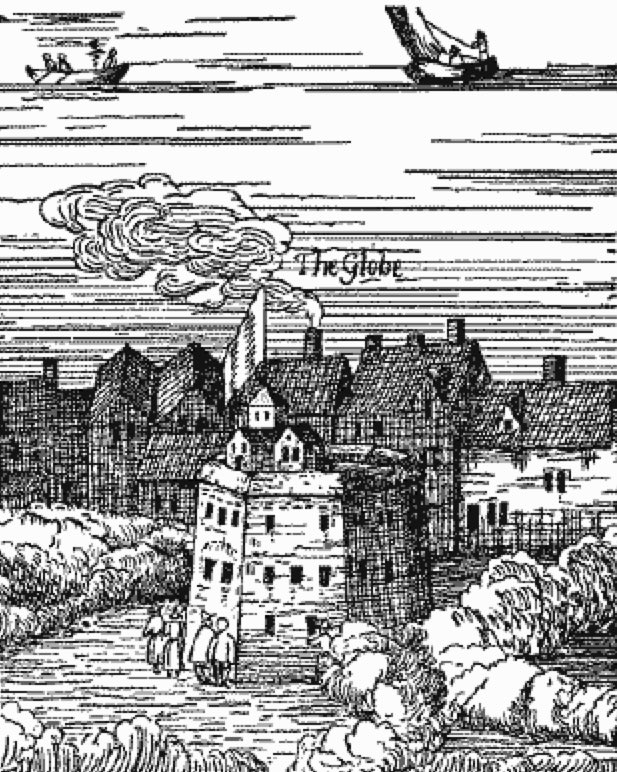
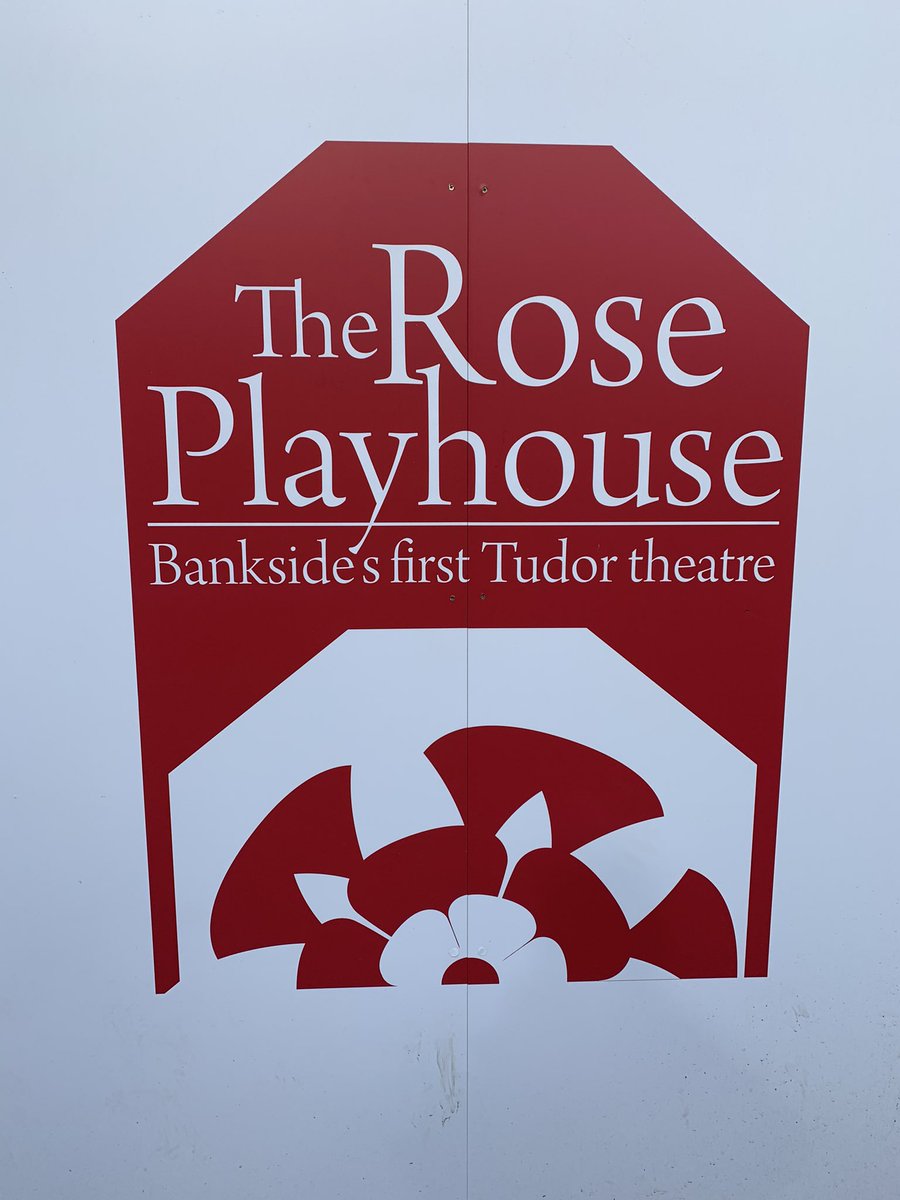
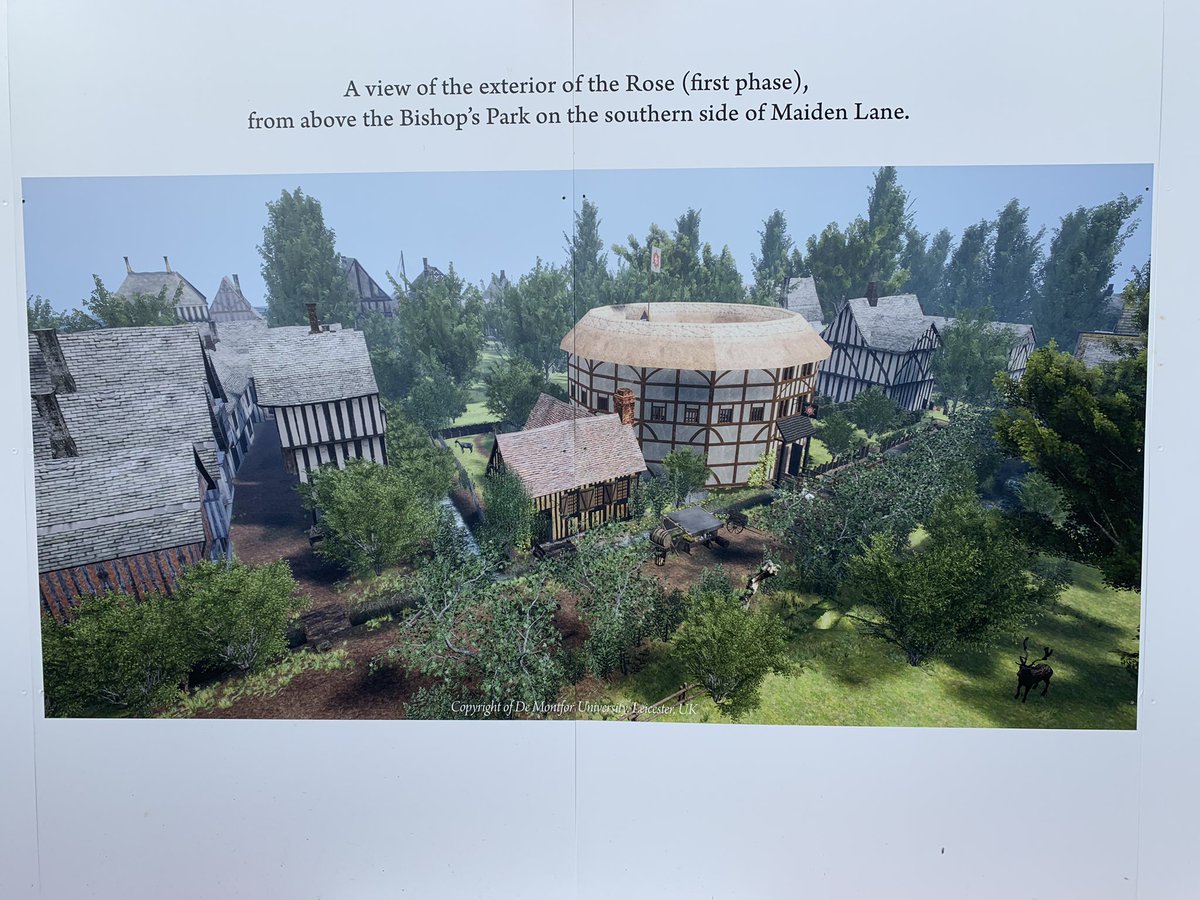
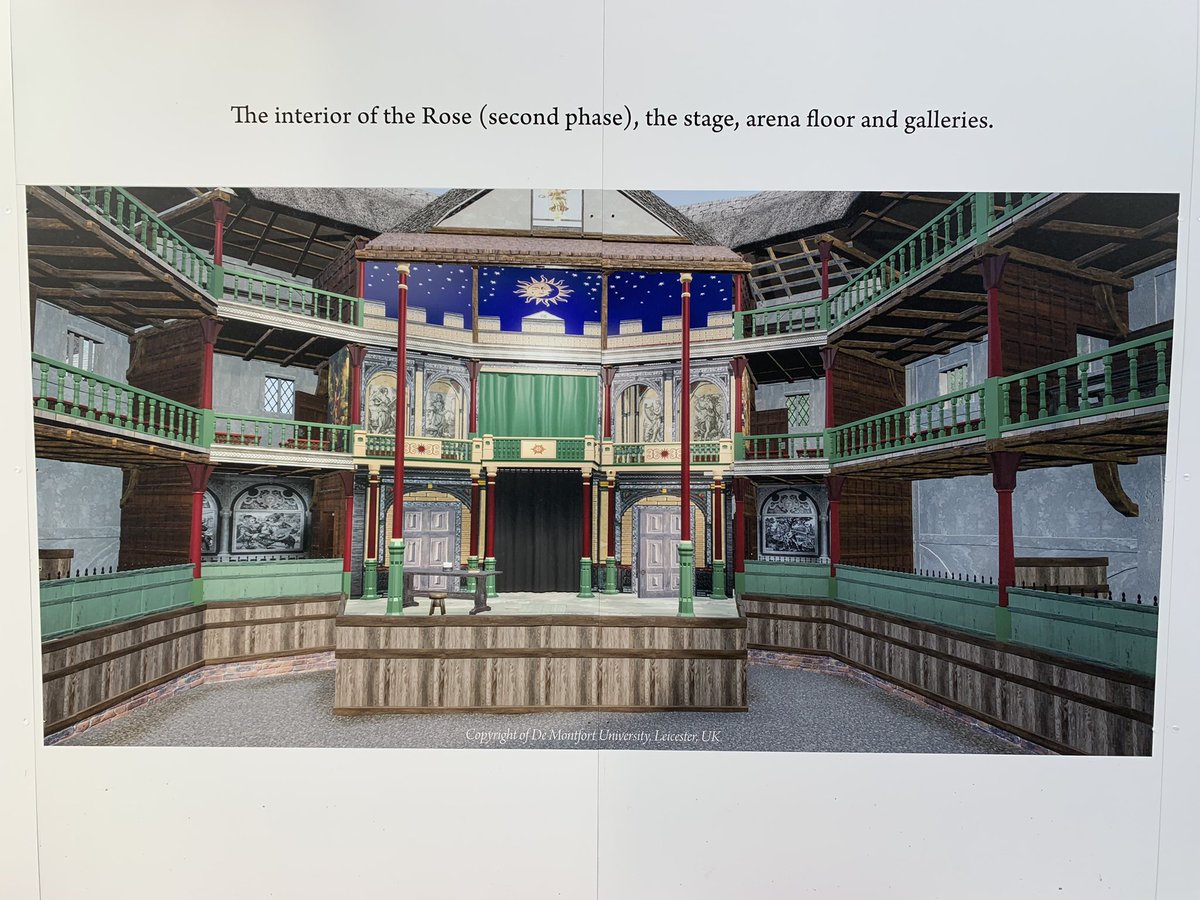
Women, reports Peter Bushell, “would stick pins in Henry VIII’s codpiece, on show in the White Tower, in order to enhance their own chances of getting pregnant.” 
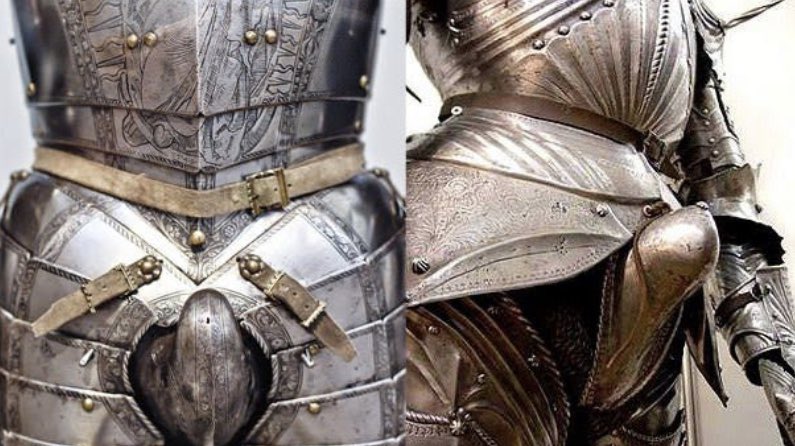
“So much royal and noble blood has been spilt in the Outer Ward,” it is said, “that grass refuses to grow there." #TowerOfLondon 



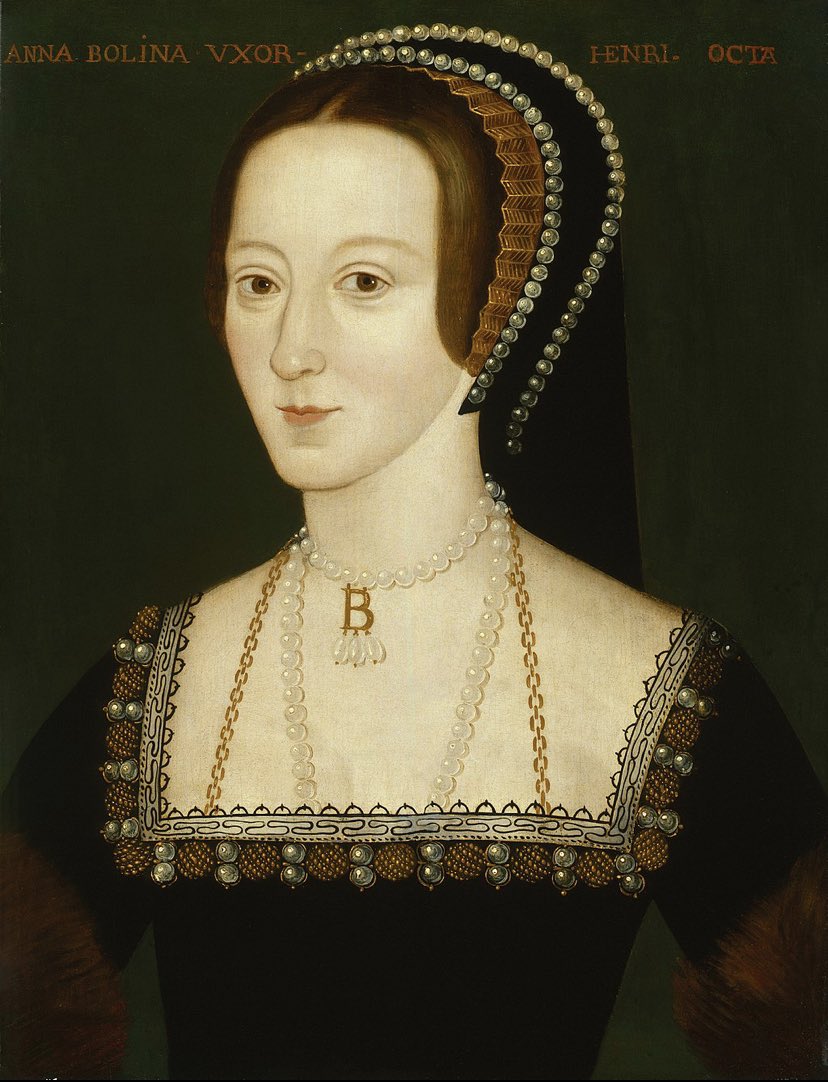
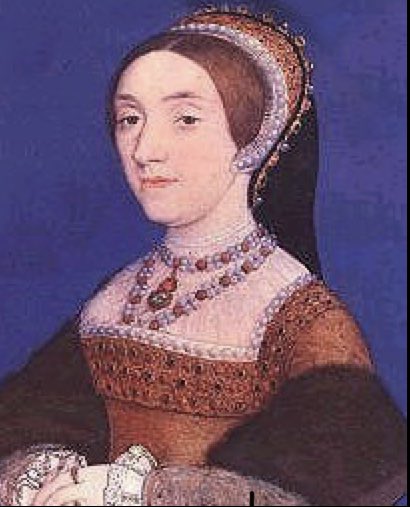
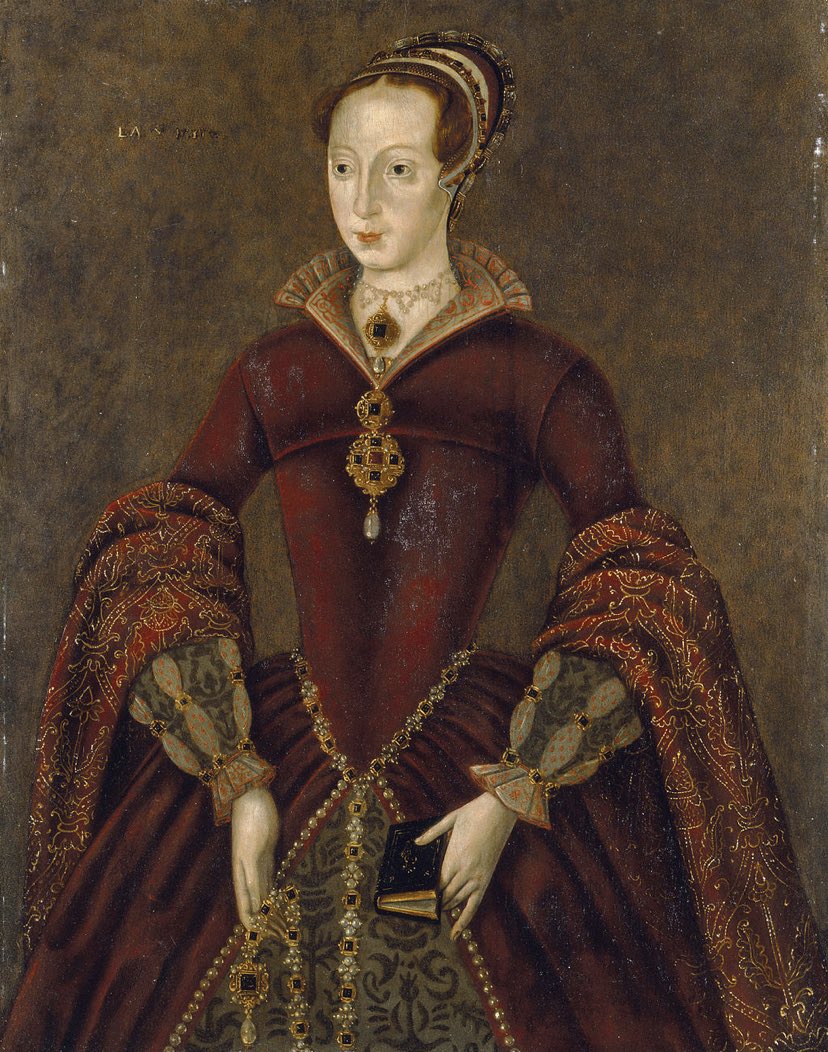

A tiny fragment of Bermondsey Abbey is preserved beneath the glass floor of this restaurant. The abbey suffered the fate typical of all those around London: dissolved, sold off, broken up. Bermondsey Abbey made a fat profit for Sir Thomas Pope, founder of Trinity College, Oxford. 

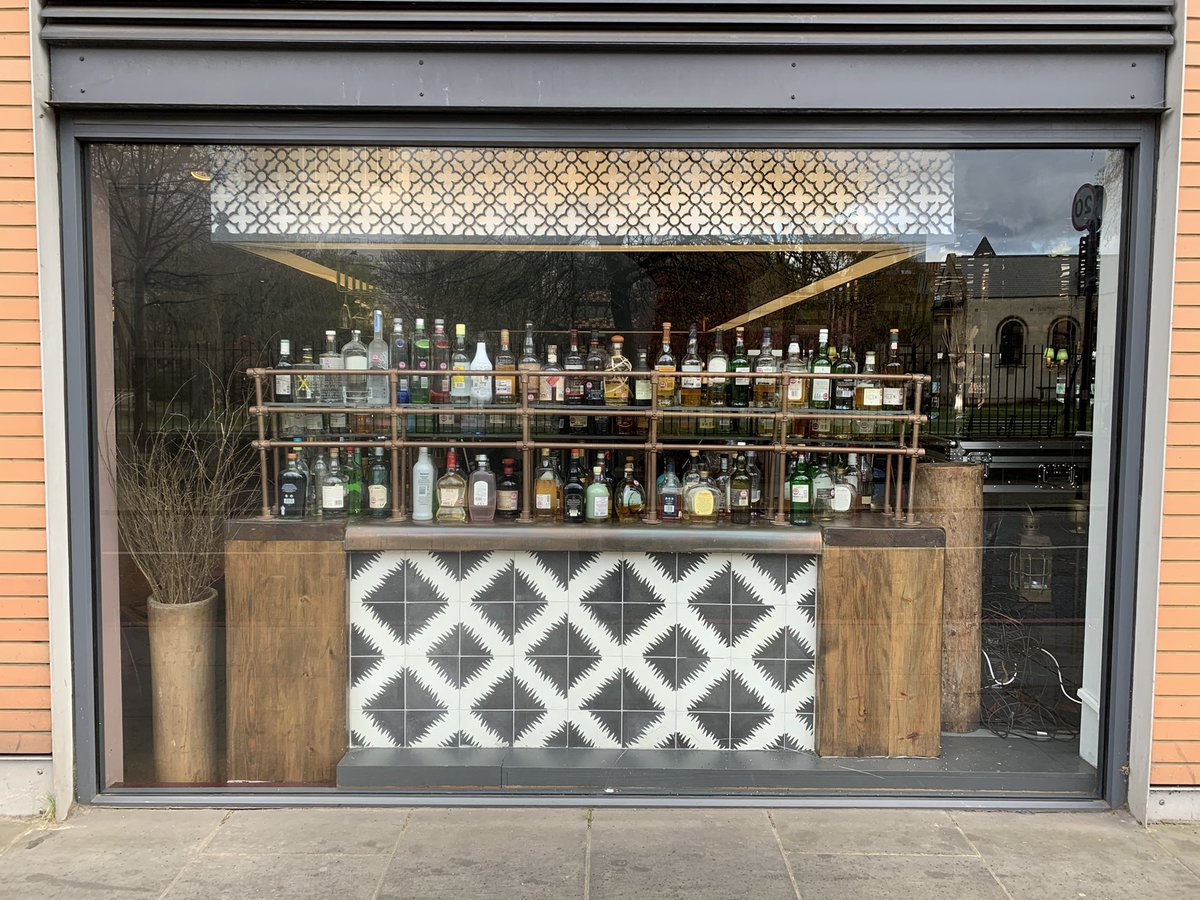
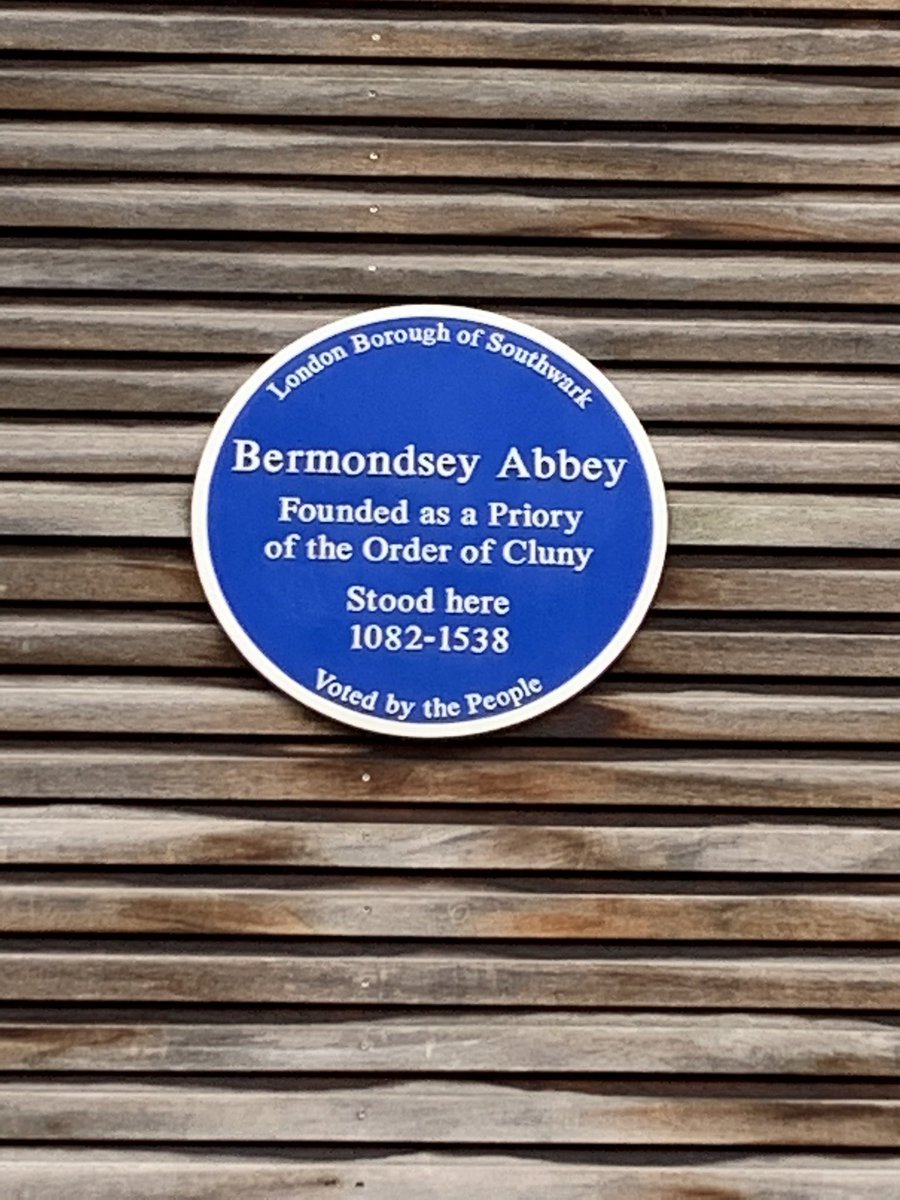
I arrive in Deptford, where Christopher Marlowe was killed in a brawl with 3 other men in the room of a boarding house. All seem to have been involved in espionage, leading to muchos conspiracy theories. Ingram Frizer, Marlowe’s murderer, was given a suspiciously rapid pardon. 

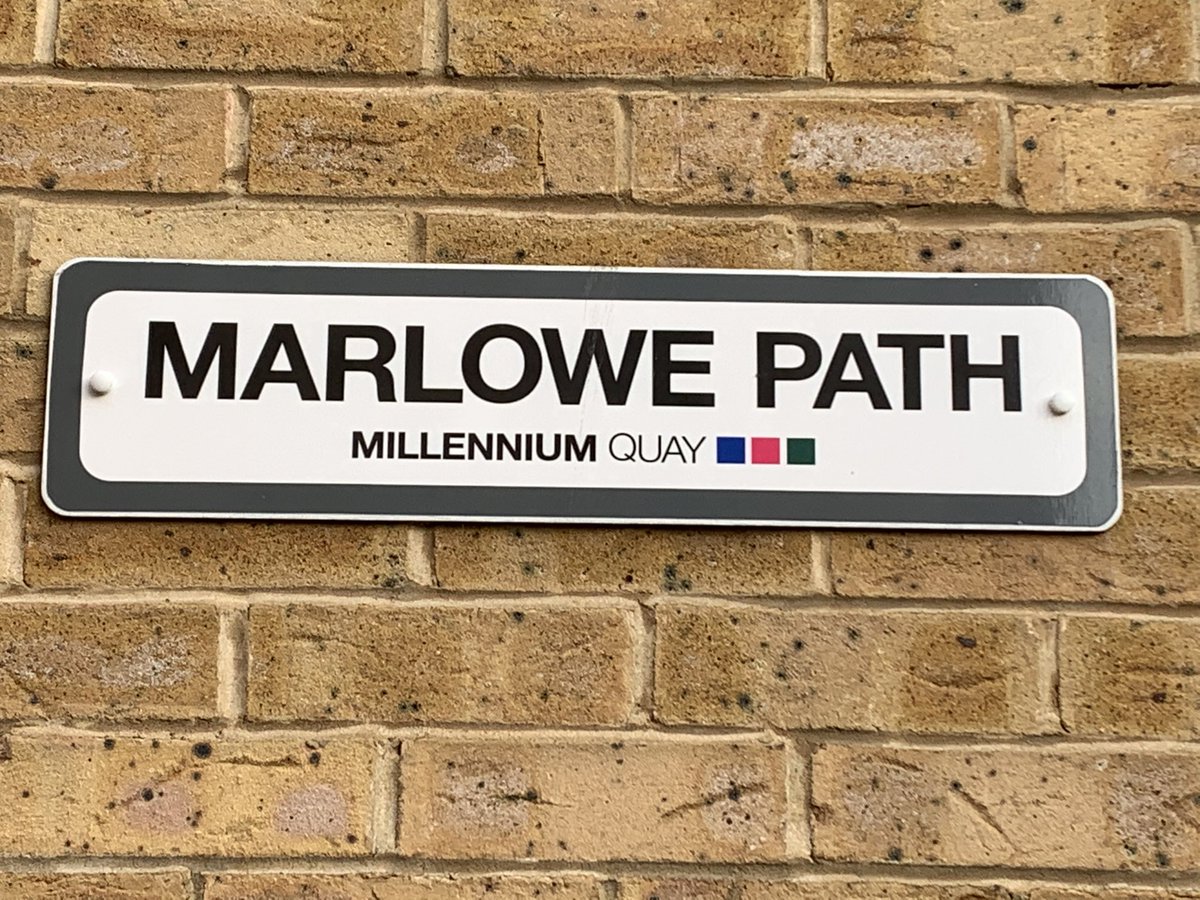
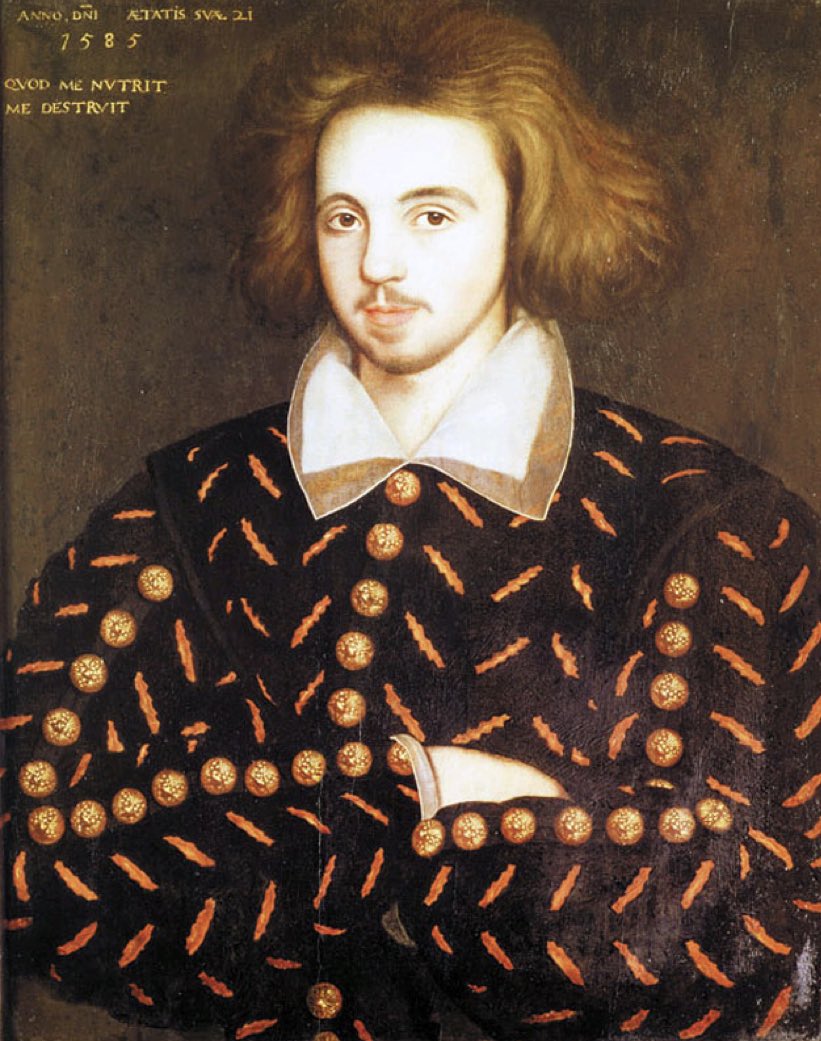
Marlowe was buried in an unmarked grave here, in the graveyard of St Nicholas’s Church in Deptford. “When a man’s verses cannot be understood, nor a man’s good wit seconded with the forward child understanding, it strikes a man more dead than a great reckoning in a little room.” 

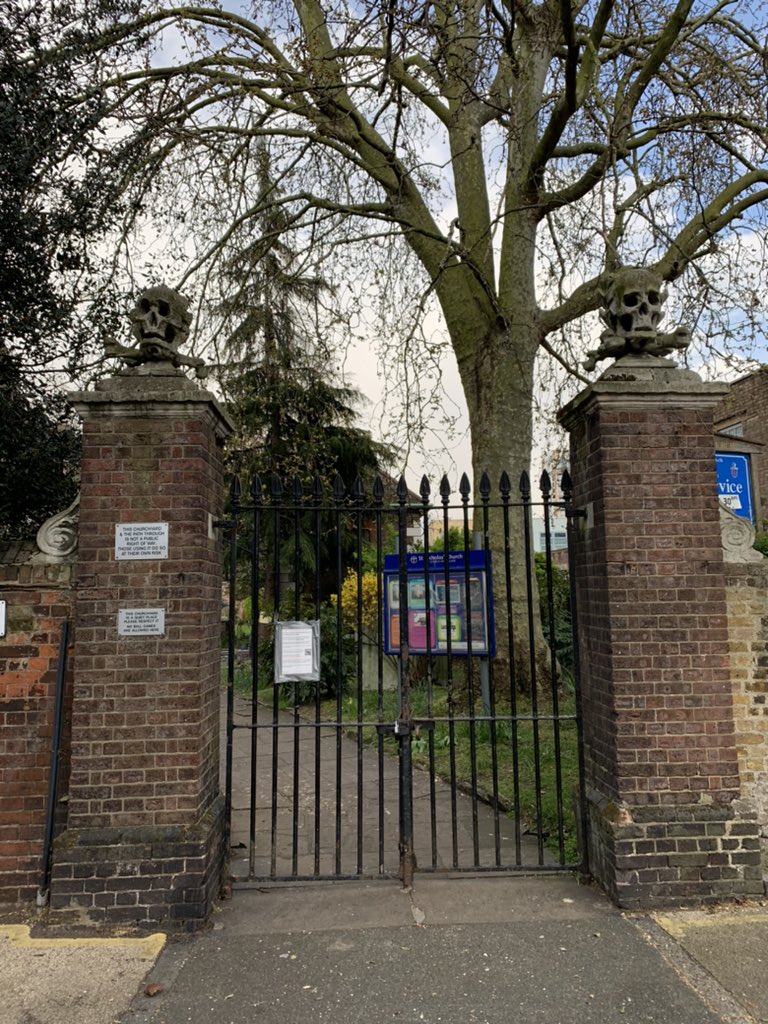

It was Henry VIII who transformed Deptford from a small fishing village into the Royal Naval Dockyard. Drake returned here from his circumnavigation of the world, and was knighted on the deck of the Golden Hind (though not by Elizabeth I, but by the French ambassador). 

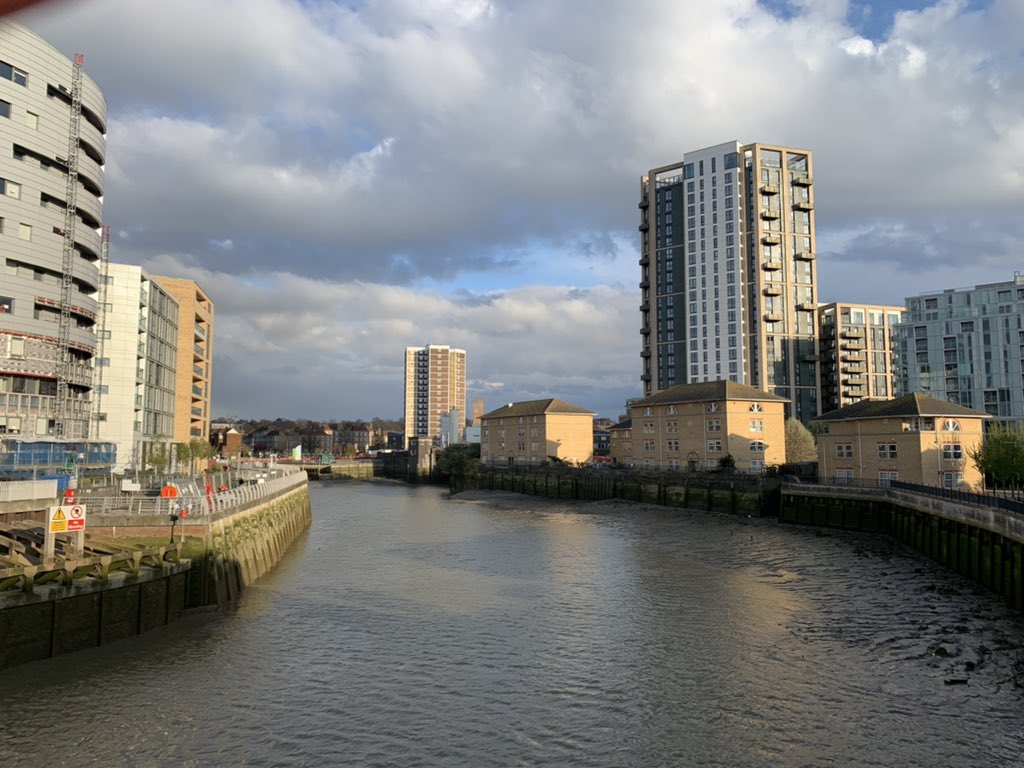

Elizabeth and Leicester
Beating oars
The stern was formed
A gilded shell
Red and gold
The brisk swell
Rippled both shores
Southwest wind
Carried down stream
The peal of bells
White towers
Weialala leia
Wallala leialala
Beating oars
The stern was formed
A gilded shell
Red and gold
The brisk swell
Rippled both shores
Southwest wind
Carried down stream
The peal of bells
White towers
Weialala leia
Wallala leialala
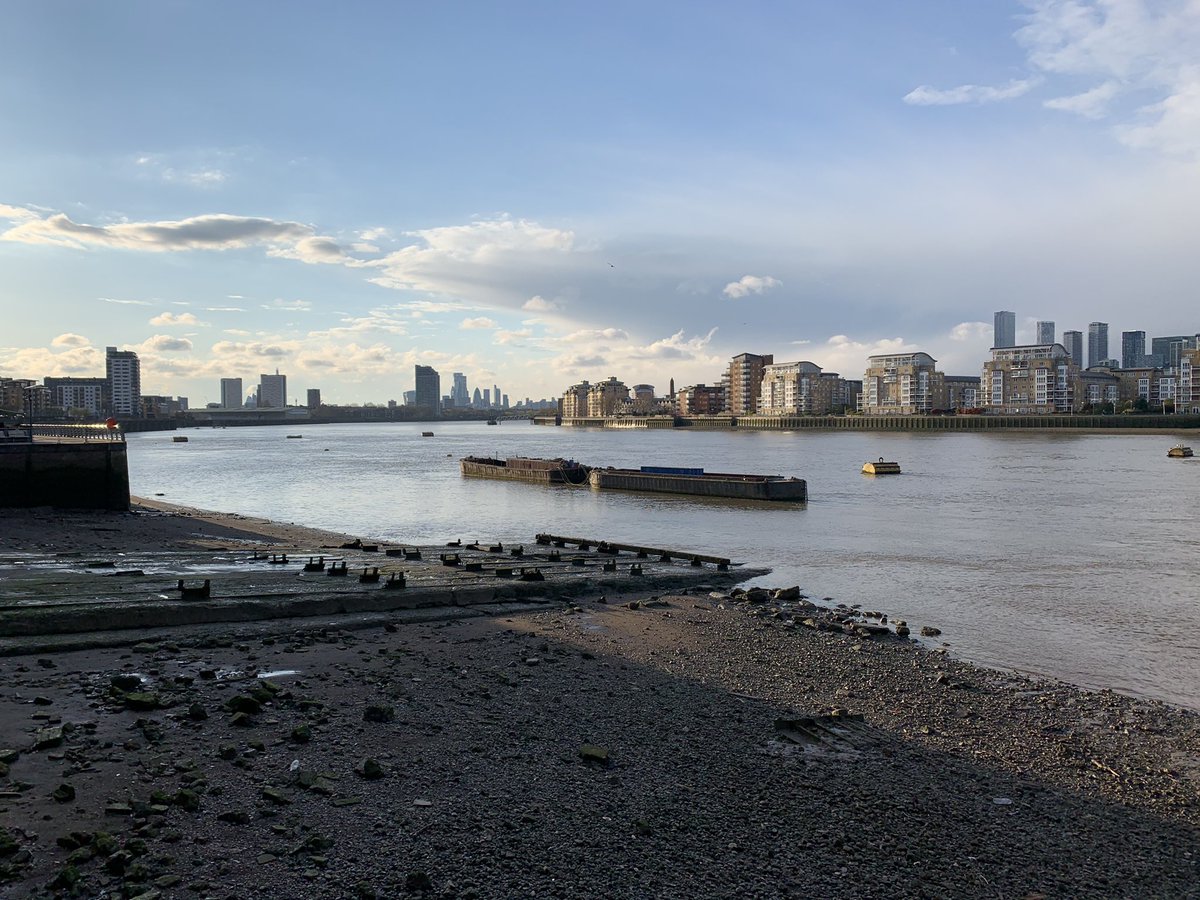
Greenwich Palace was a favourite residence of the Tudor monarchs. Henry VIII, Mary & Elizabeth were all born here; Edward VI died here. It was here that Elizabeth signed Mary Queen of Scots’ death warrant, & Sir Walter Raleigh laid his cloak over a puddle. 


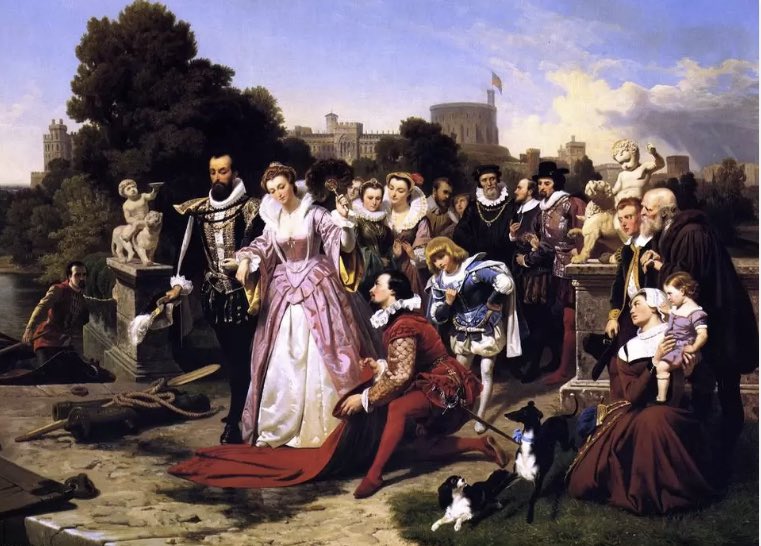
The sun is setting, my feet are sore, & Line Of Duty awaits.
Thank you for accompanying me on another journey across this most infinite of cities. Bless you, London, you’re amazing!
Our revels now are ended...
Thank you for accompanying me on another journey across this most infinite of cities. Bless you, London, you’re amazing!
Our revels now are ended...
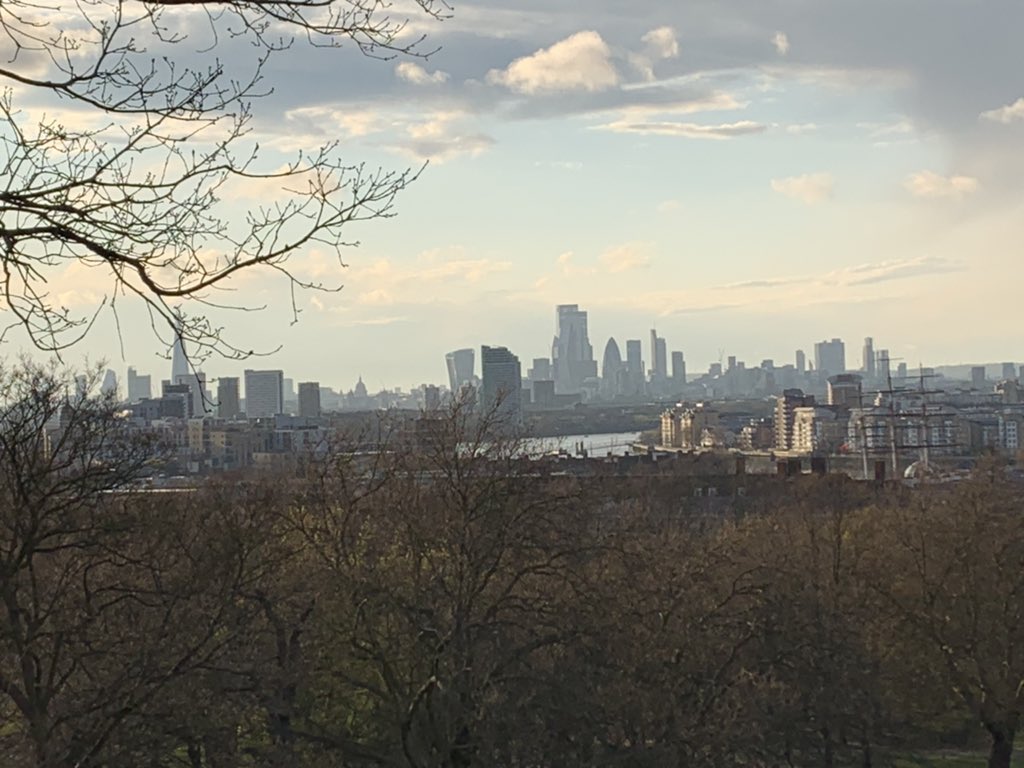
• • •
Missing some Tweet in this thread? You can try to
force a refresh

